Your Gecko Could Be Suffocating — Without You Even Knowing It
Too much humidity isn’t just uncomfortable for your crested gecko — it can be deadly. If their tank stays too humid for too long, it creates the perfect breeding ground for bacteria, mold, and dangerous respiratory infections.
By the time you see the warning signs — lethargy, labored breathing, or a swollen throat — it might already be too late.
The good news? You can fix the problem fast. This guide will show you exactly how to lower humidity in your crested gecko’s tank and prevent disaster before it strikes.

What’s the Ideal Humidity for a Crested Gecko?
Crested geckos need humidity, but too much can quickly become dangerous.
-
Safe Humidity Range: 50-80%
-
Danger Zone: Constantly above 80%
Your gecko’s tank should never be humid 24/7. Instead, it should fluctuate throughout the day:
-
After misting: 80% (briefly)
-
During the day: 50-60%
If your humidity levels aren’t dropping, it’s time to take action.
Why Is Your Crested Gecko Tank Too Humid?
Before we dive into solutions, let’s diagnose the problem. Here are the most common reasons your humidity is out of control:
-
Poor Ventilation – Lack of airflow traps moisture
-
Over-Misting – Too much water raises the humidity too high
-
Wrong Substrate – Some materials hold moisture for too long
-
High Room Humidity – If your home is humid, so is your tank
-
No Drainage – Water buildup at the bottom of the enclosure
Now that you know what’s causing the problem, let’s fix it.

How to Lower Humidity in Your Crested Gecko Tank
1. Improve Ventilation (The Fastest Fix!)
Bad airflow equals high humidity.
Fix it fast:
-
Use a mesh screen lid instead of a glass top
-
Switch to a front-ventilated tank for better airflow
-
Raise the tank slightly to improve air circulation
Pro Tip: If you use a PVC or glass enclosure, try adding a small USB fan nearby to improve airflow.
2. Stop Over-Misting (Less is More!)
Misting too much keeps your tank constantly wet, which means humidity never drops.
How to fix it:
-
Mist once or twice daily, but let the tank dry out in between
-
Use a light mist instead of soaking the enclosure
-
Monitor humidity levels before misting again
Pro Tip: Only mist at night, when crested geckos are active.
3. Change Your Substrate (Some Hold Too Much Moisture!)
Some substrates hold water for too long, keeping humidity levels dangerously high.
Avoid These Moisture-Retaining Substrates:
-
Coco fiber (too damp)
-
Sphagnum moss (traps too much water)
-
Soil-based substrates
Switch to a Dry, Safe Option:
-
Geckopia Premium Reptile Liner – No moisture buildup, easy to clean, and safe for claws
4. Increase Airflow Inside the Tank
Even if you have a ventilated enclosure, stagnant air can trap moisture.
Here’s how to fix it:
-
Use a small desk fan near (not inside) the enclosure
-
Elevate tank décor to allow airflow underneath
-
Replace fake plants with ones that don’t trap water
Pro Tip: A Flex Bridge creates climbing space without trapping moisture.
5. Reduce Room Humidity (Your Home Matters!)
If your home is humid, your gecko’s tank will be too.
How to fix it:
-
Use a dehumidifier in the room
-
Run an air conditioner to remove excess moisture
-
Open windows for fresh airflow (if weather permits)
Pro Tip: Keep your gecko’s tank away from humid areas like bathrooms or kitchens.
6. Prevent Water Buildup (Drainage is Key!)
Standing water leads to mold, bacteria, and high humidity.
How to fix it:
-
Remove excess water from the substrate
-
Avoid waterlogged décor that traps moisture
-
Use a shallow dish like the Gecko Bowl to prevent splashing
Pro Tip: If using bioactive setups, ensure drainage layers prevent waterlogging.

FAQs: Crested Gecko Humidity Problems
1. What happens if humidity is too high for too long?
Prolonged high humidity can lead to respiratory infections, fungal growth, and stress, shortening your gecko’s lifespan.
2. Can I use a heat lamp to lower humidity?
Yes. A low-wattage ceramic heat emitter (CHE) can help dry out excess moisture without raising temperatures too high.
3. How do I know if my gecko is struggling with high humidity?
Signs of humidity problems include:
-
Lethargy or weak movement
-
Labored breathing or wheezing
-
Cloudy eyes (a sign of infection)
-
Frequently stuck shed
If you see these signs, lower the humidity immediately and consult a reptile vet.
Fix High Humidity & Keep Your Gecko Safe
Now that you know how dangerous high humidity can be, take action today. How do you manage humidity in your gecko’s tank? Drop a comment below.

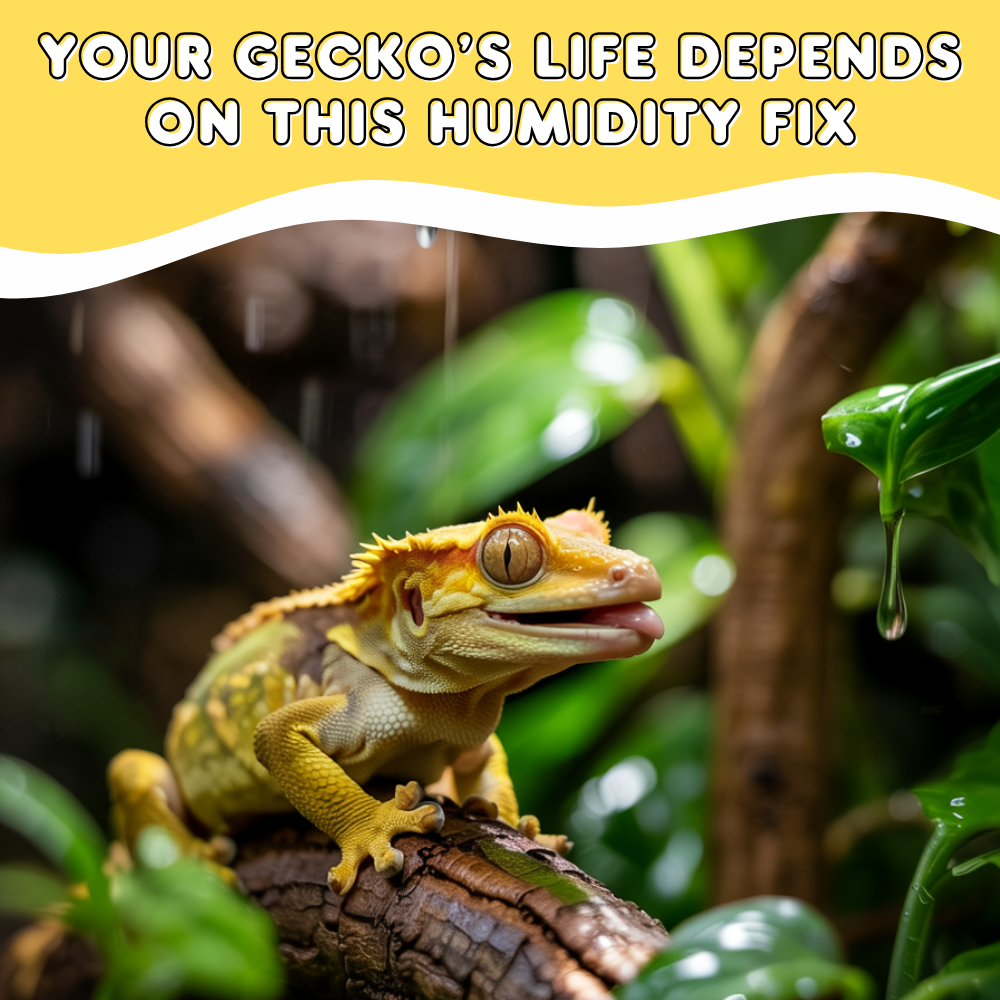


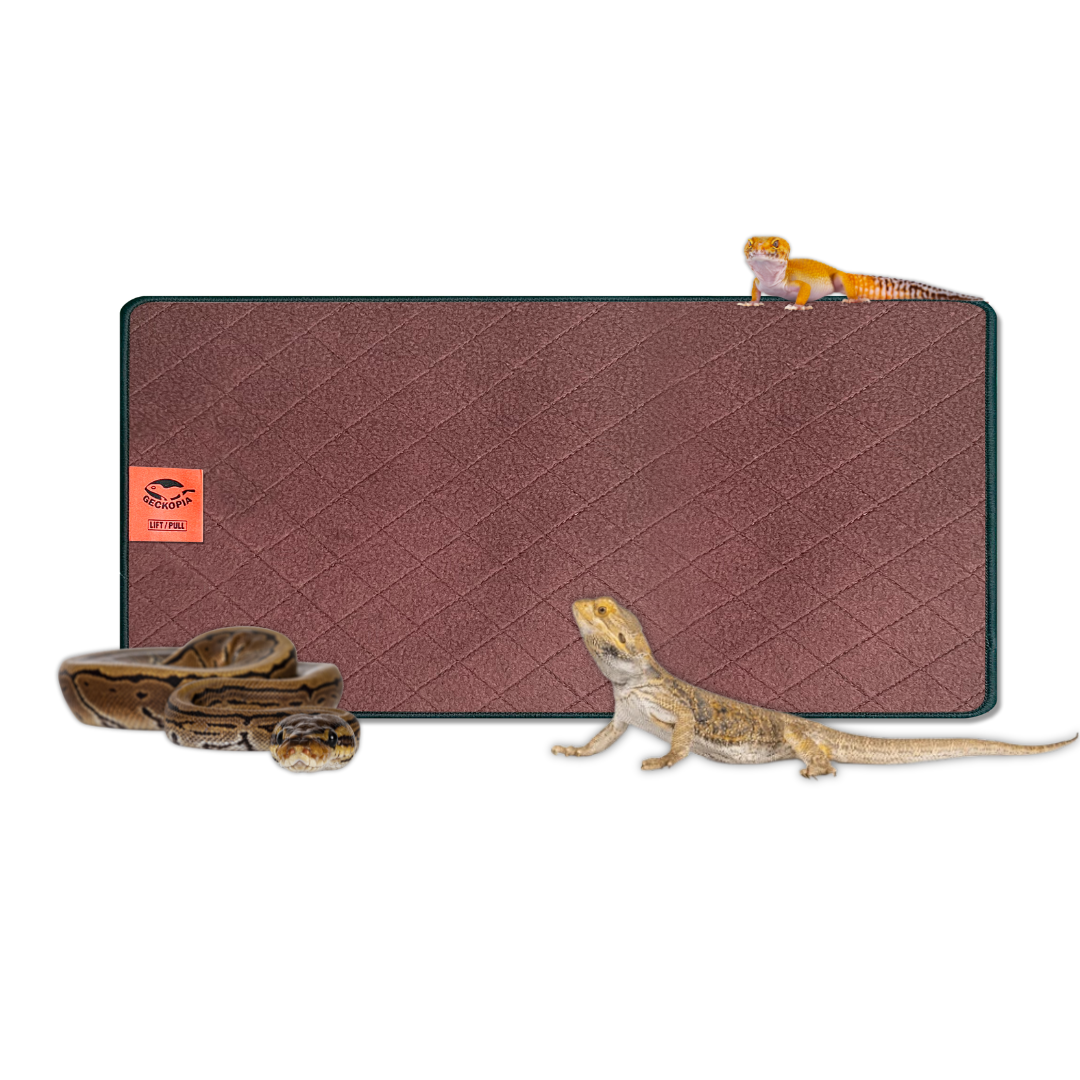
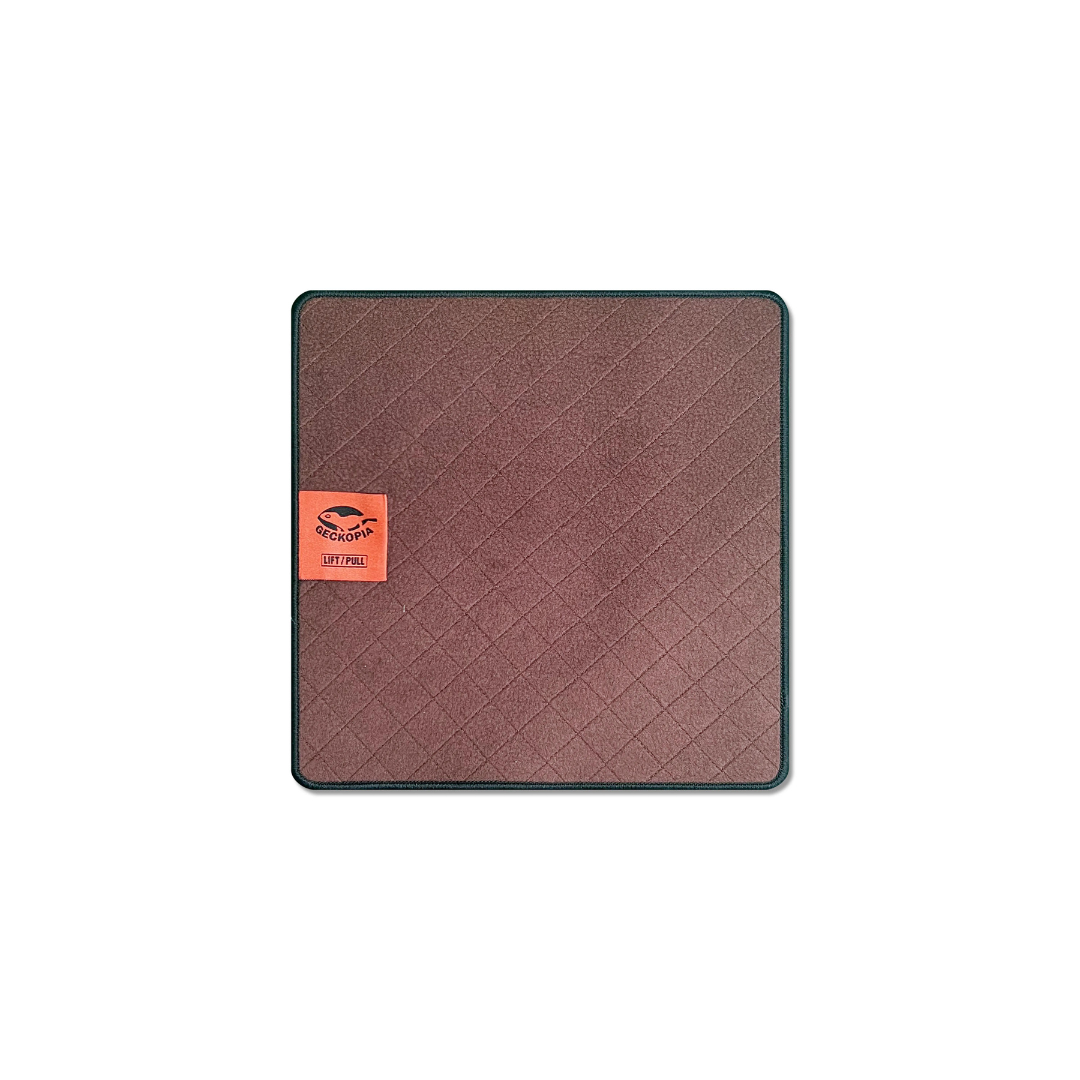
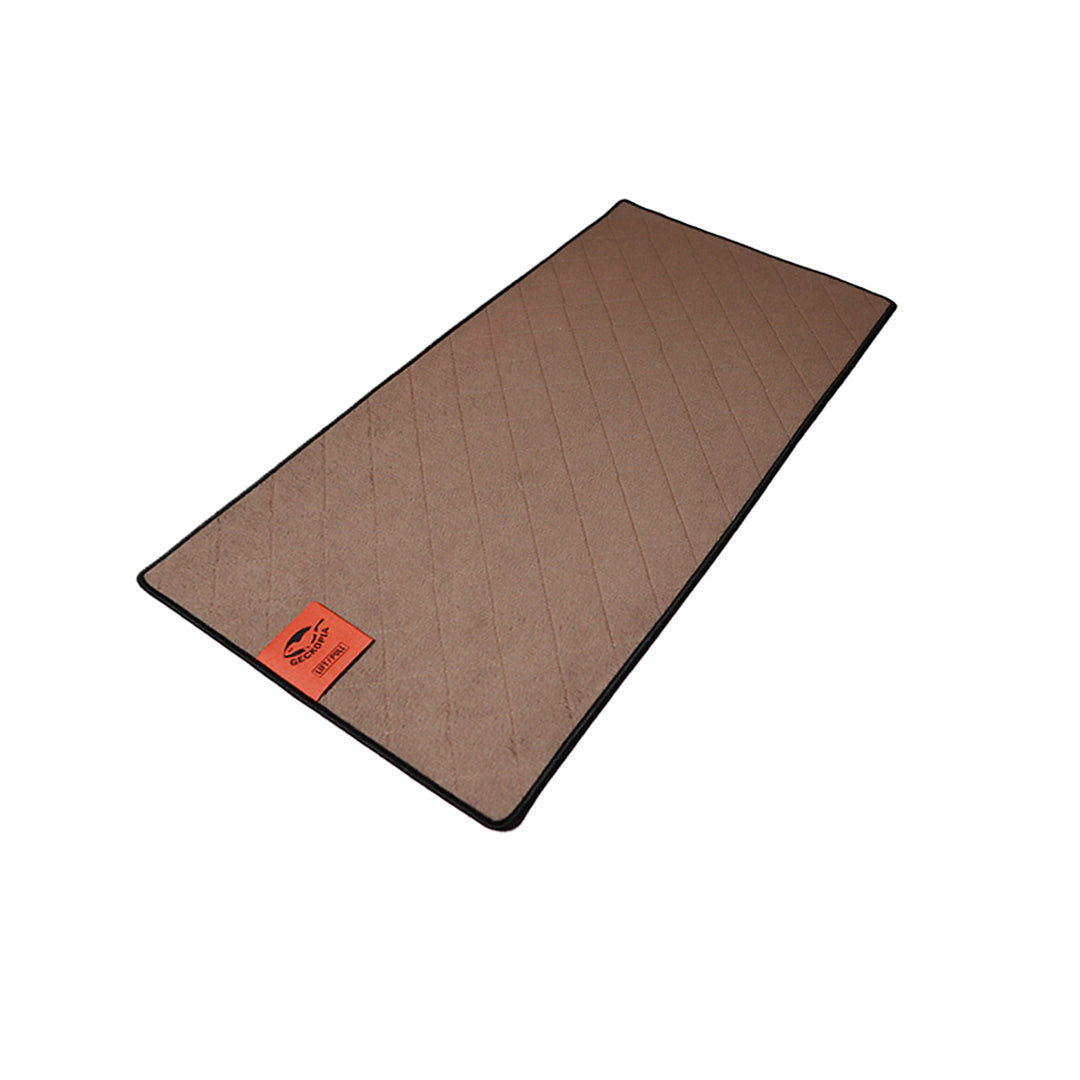

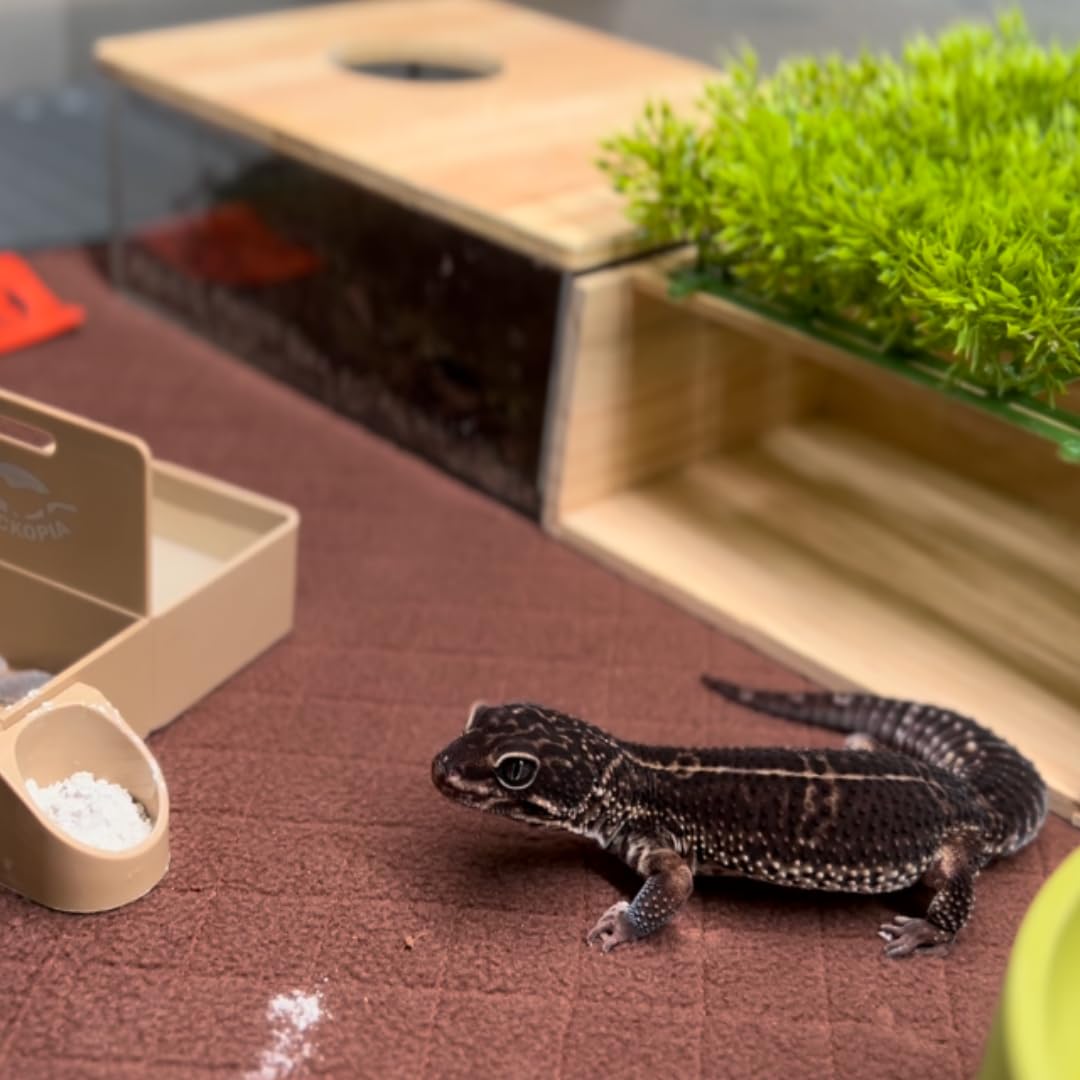

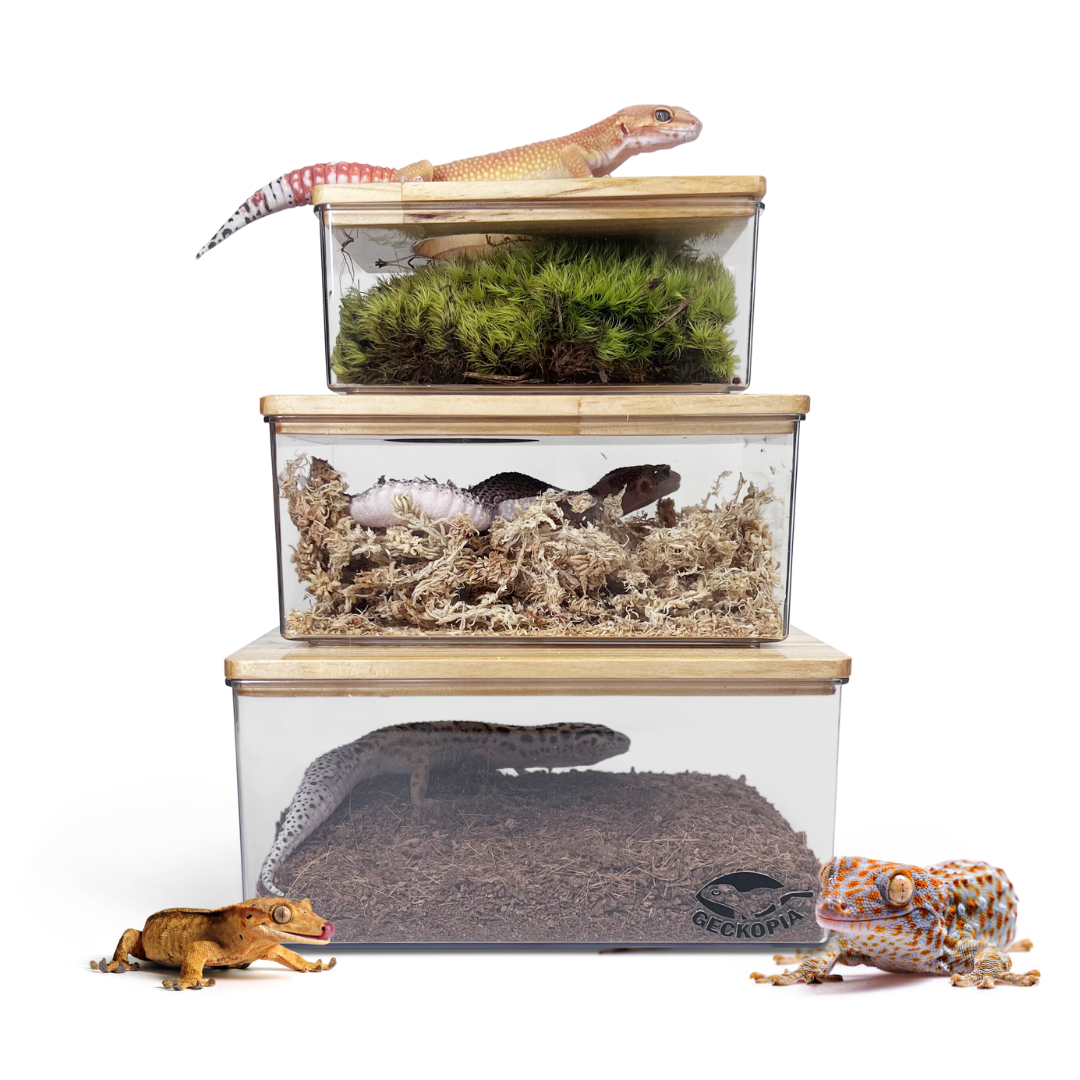
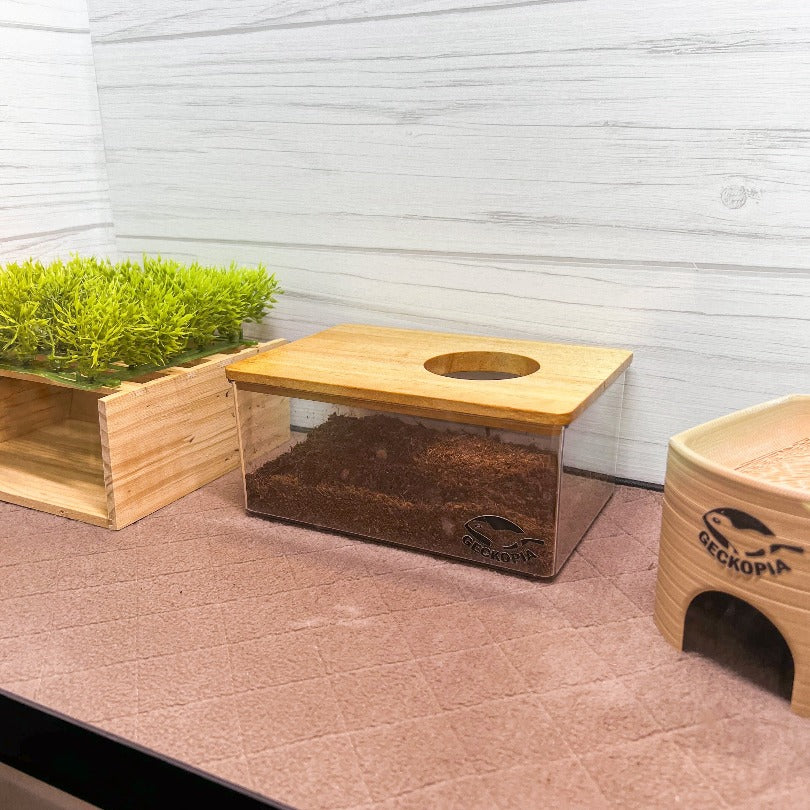
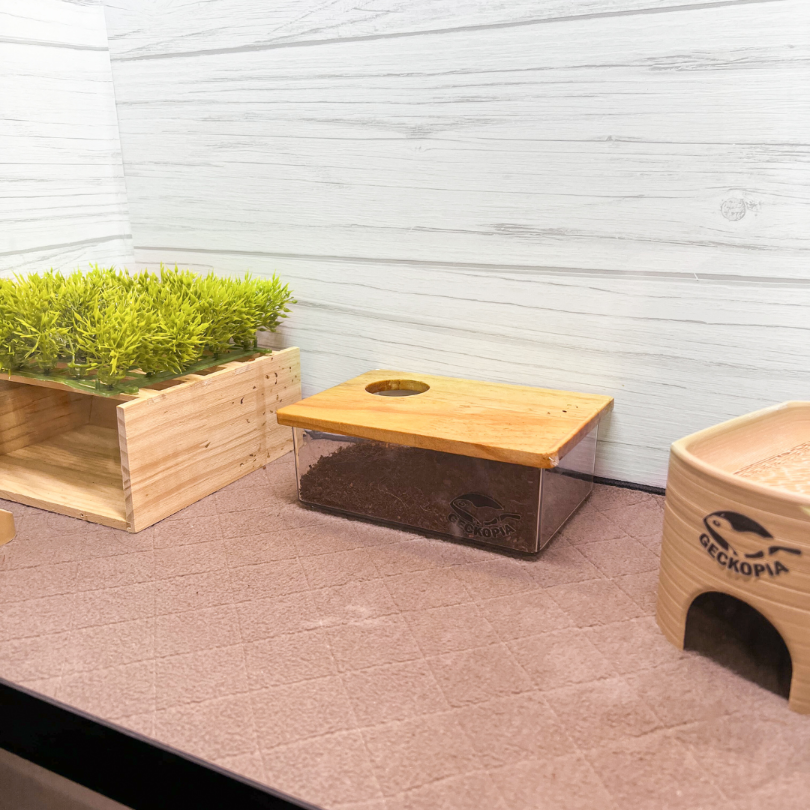
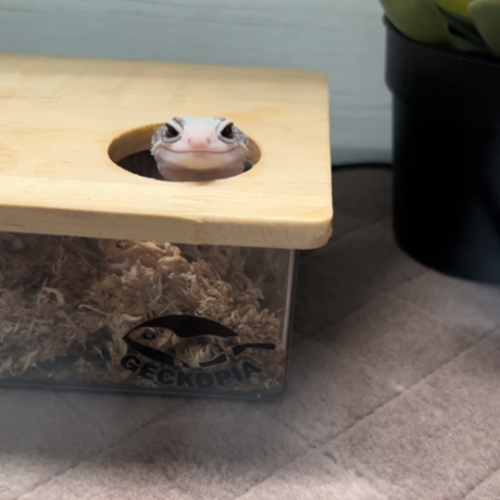
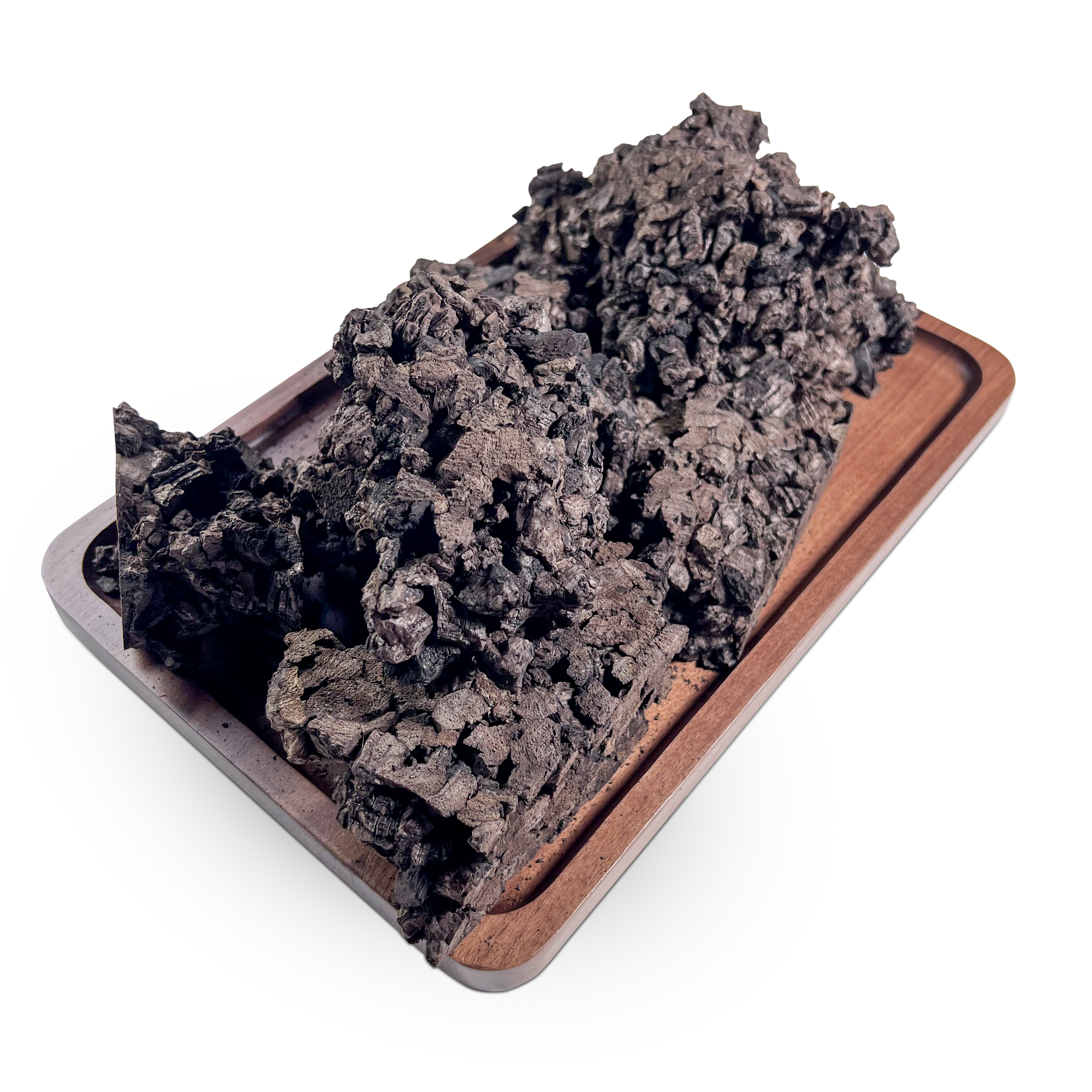
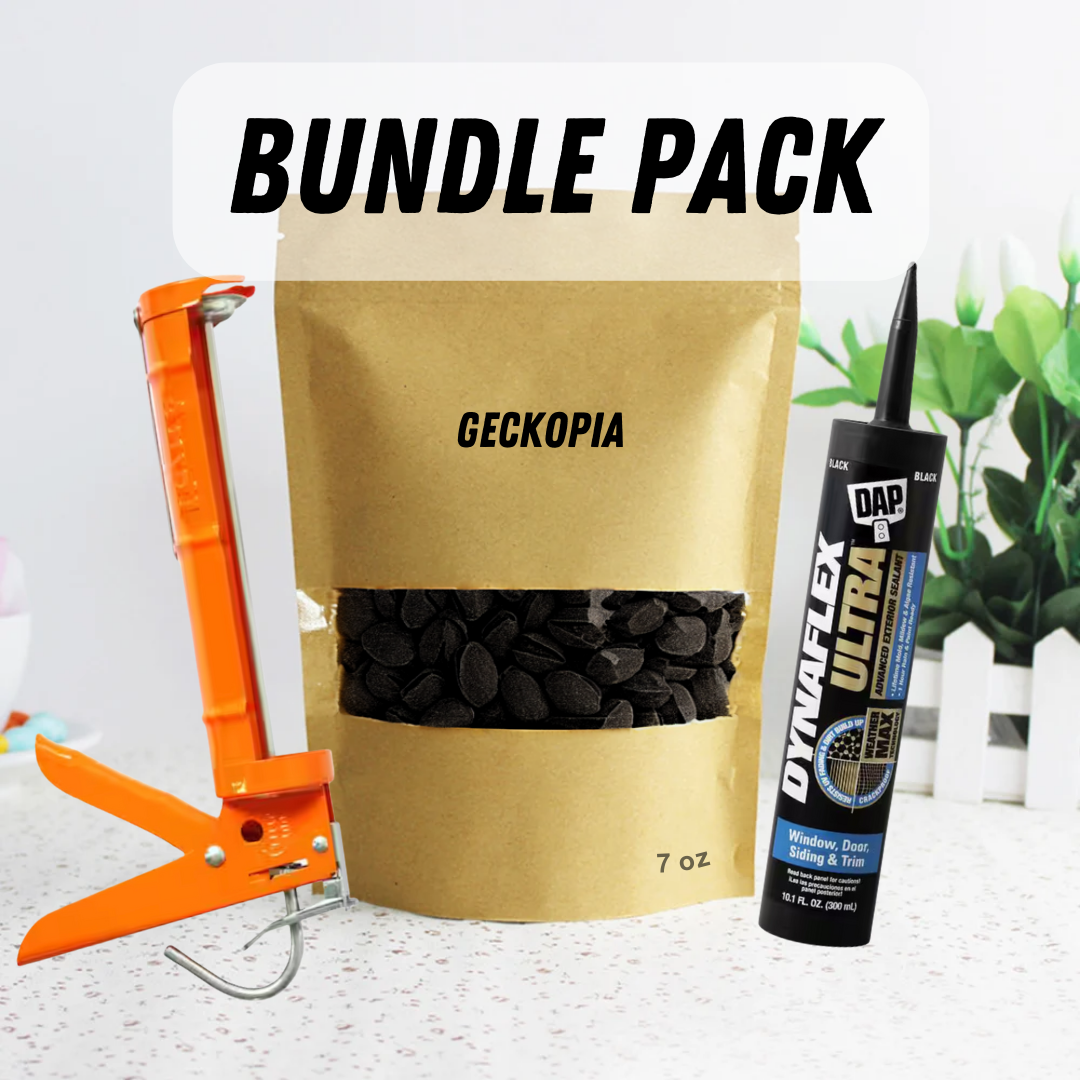
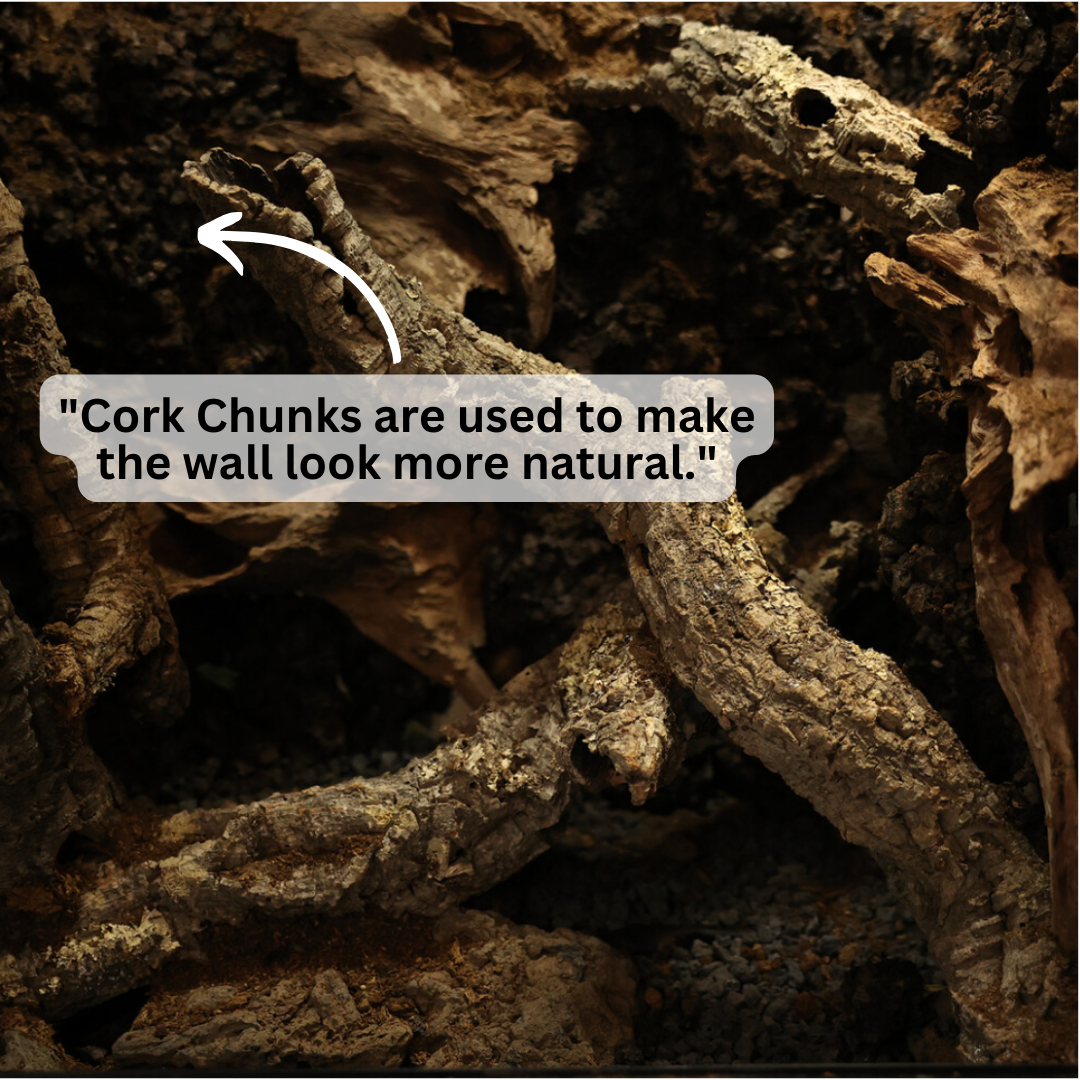
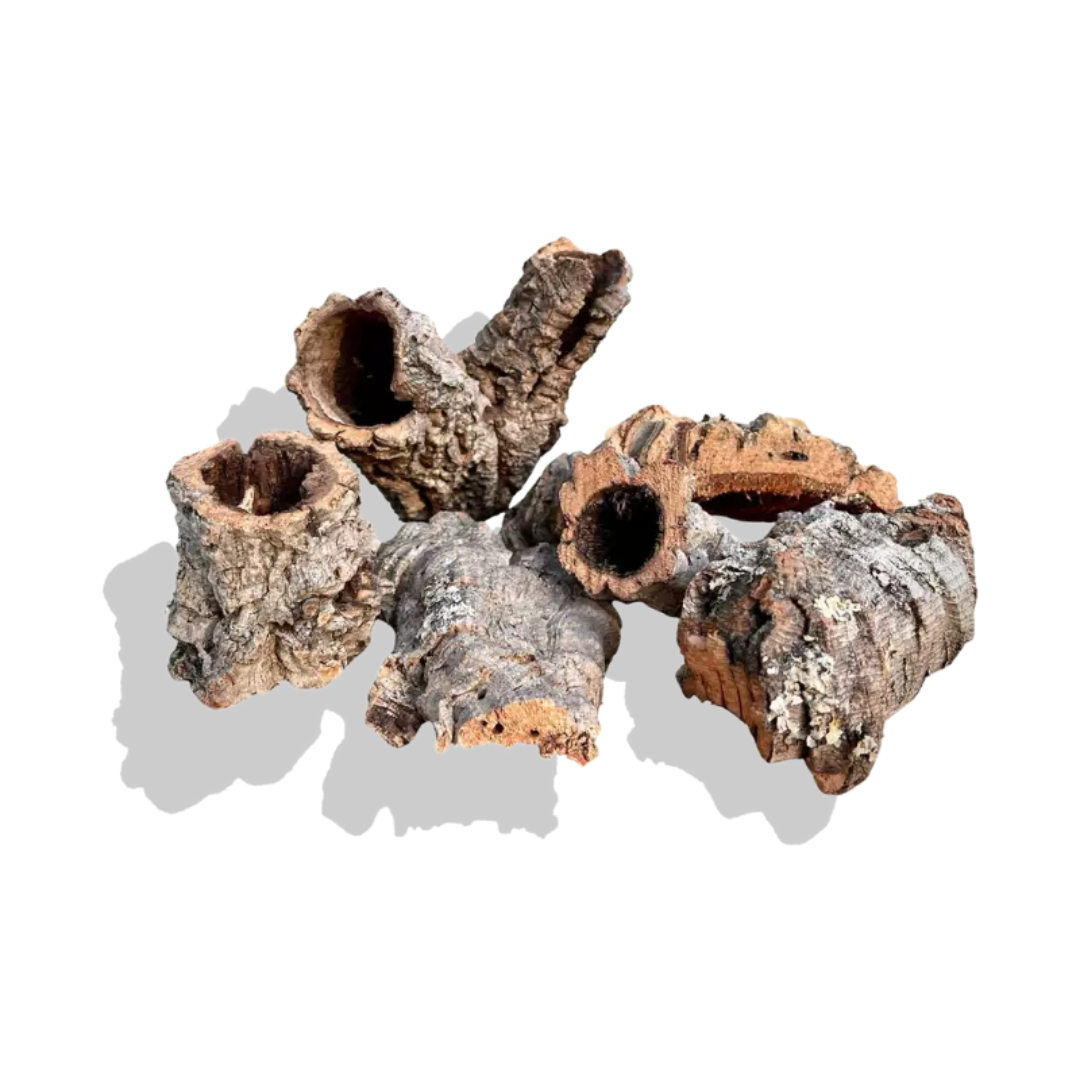
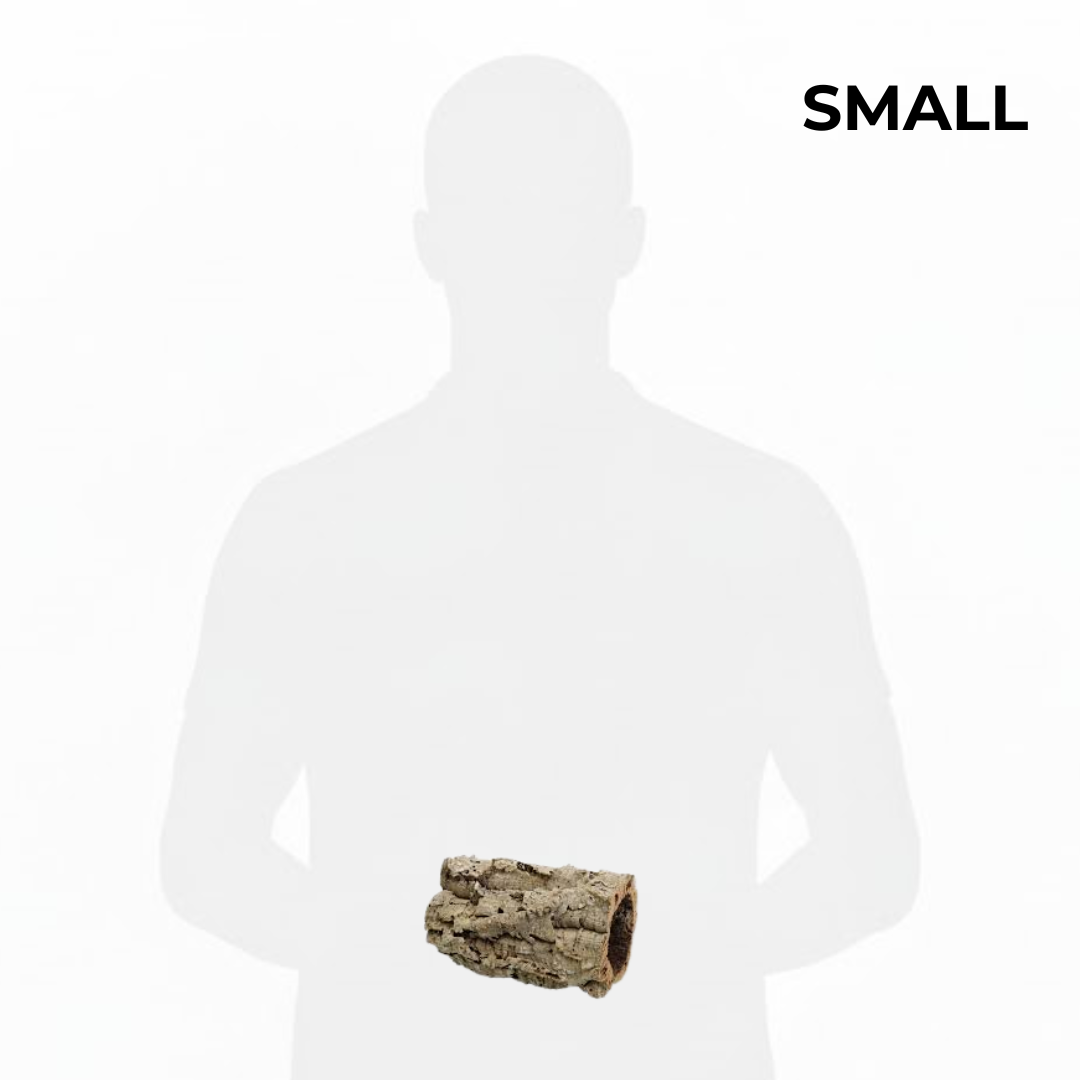
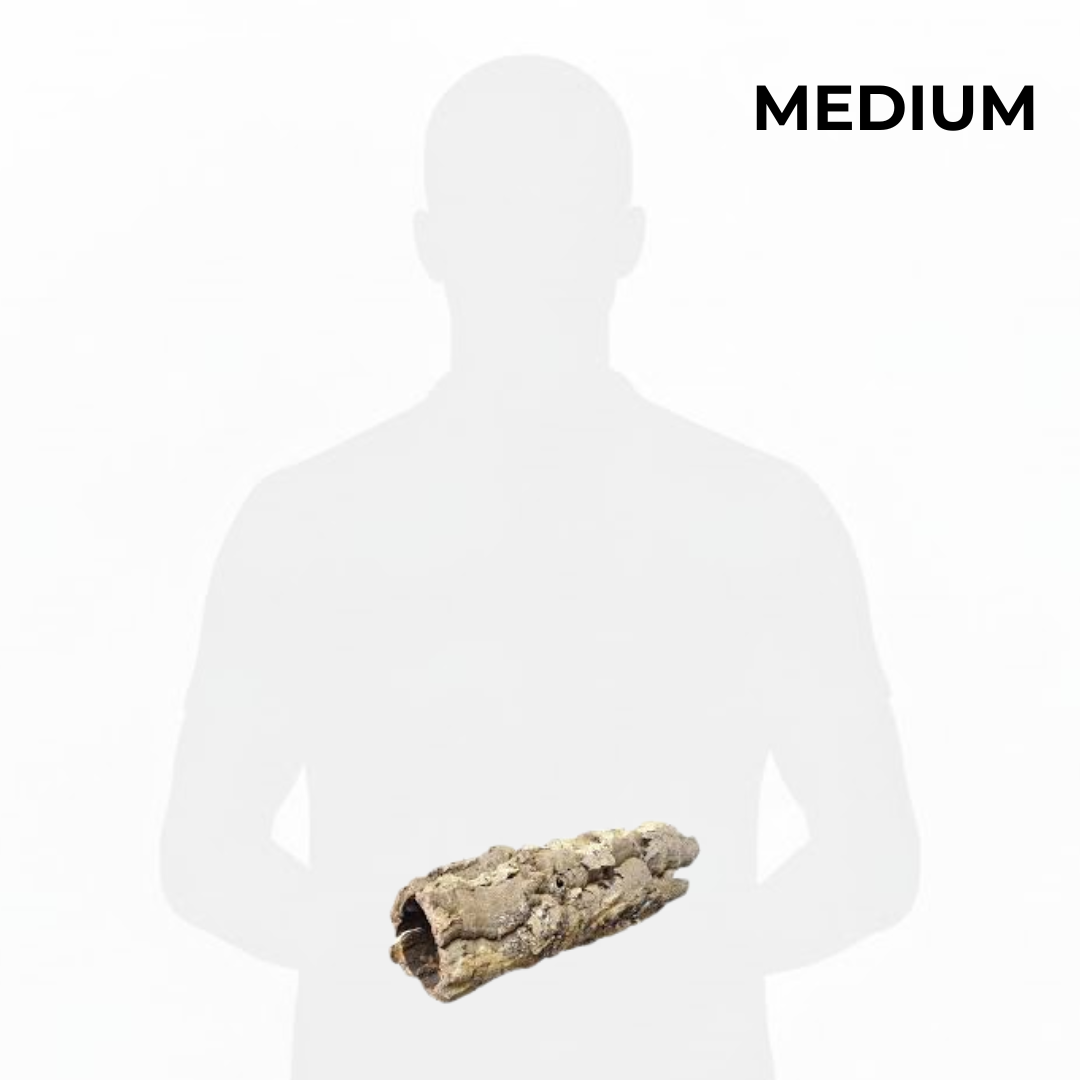
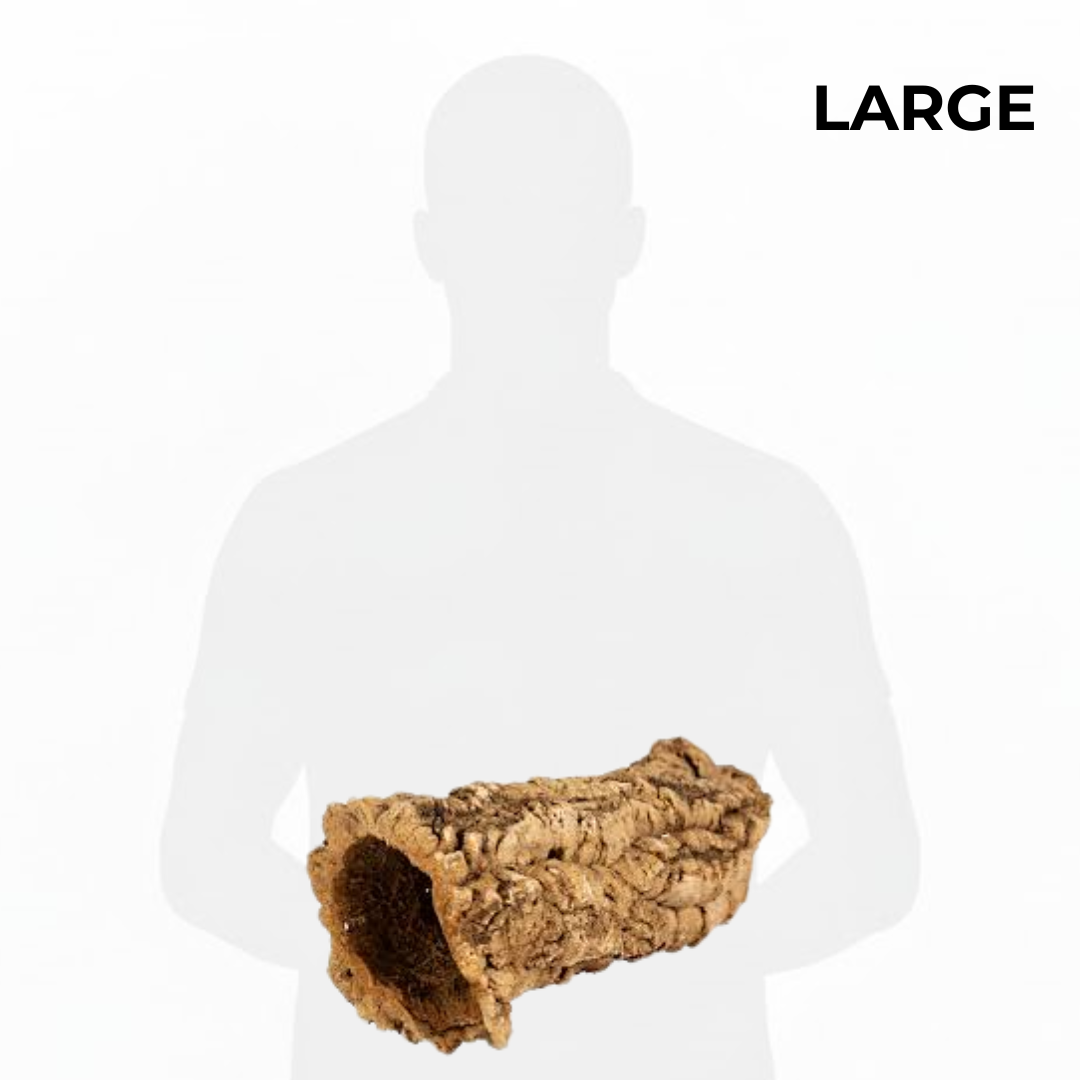
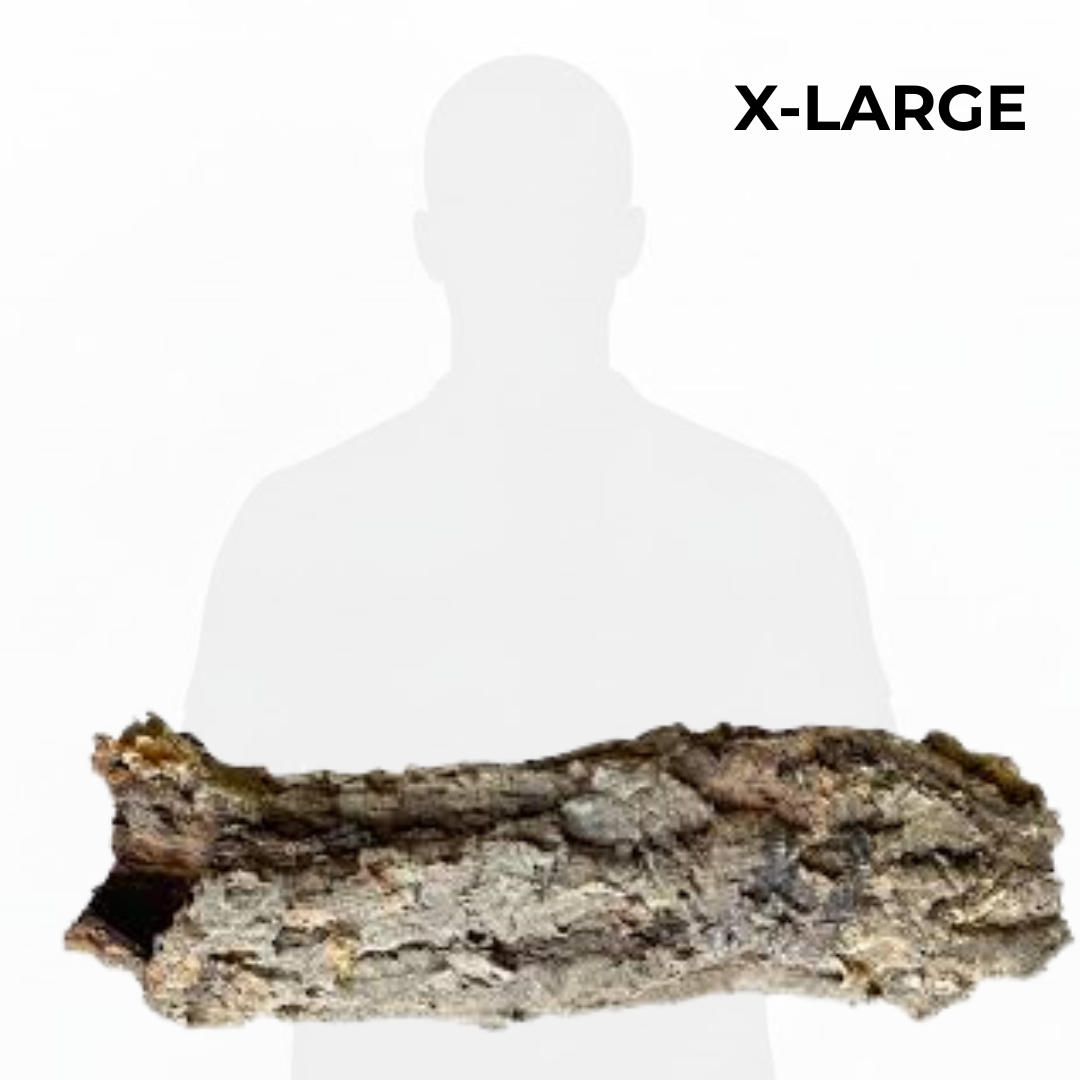
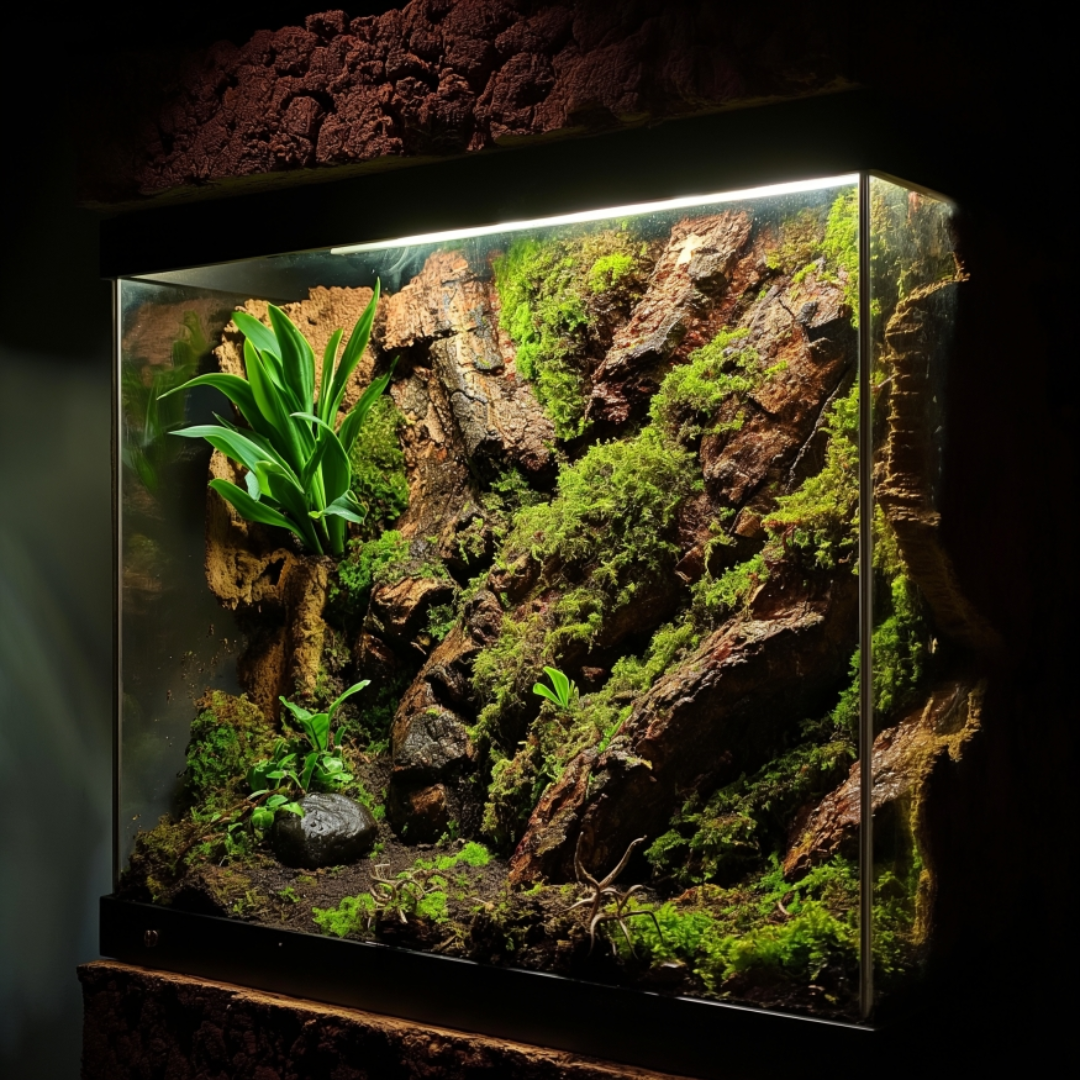
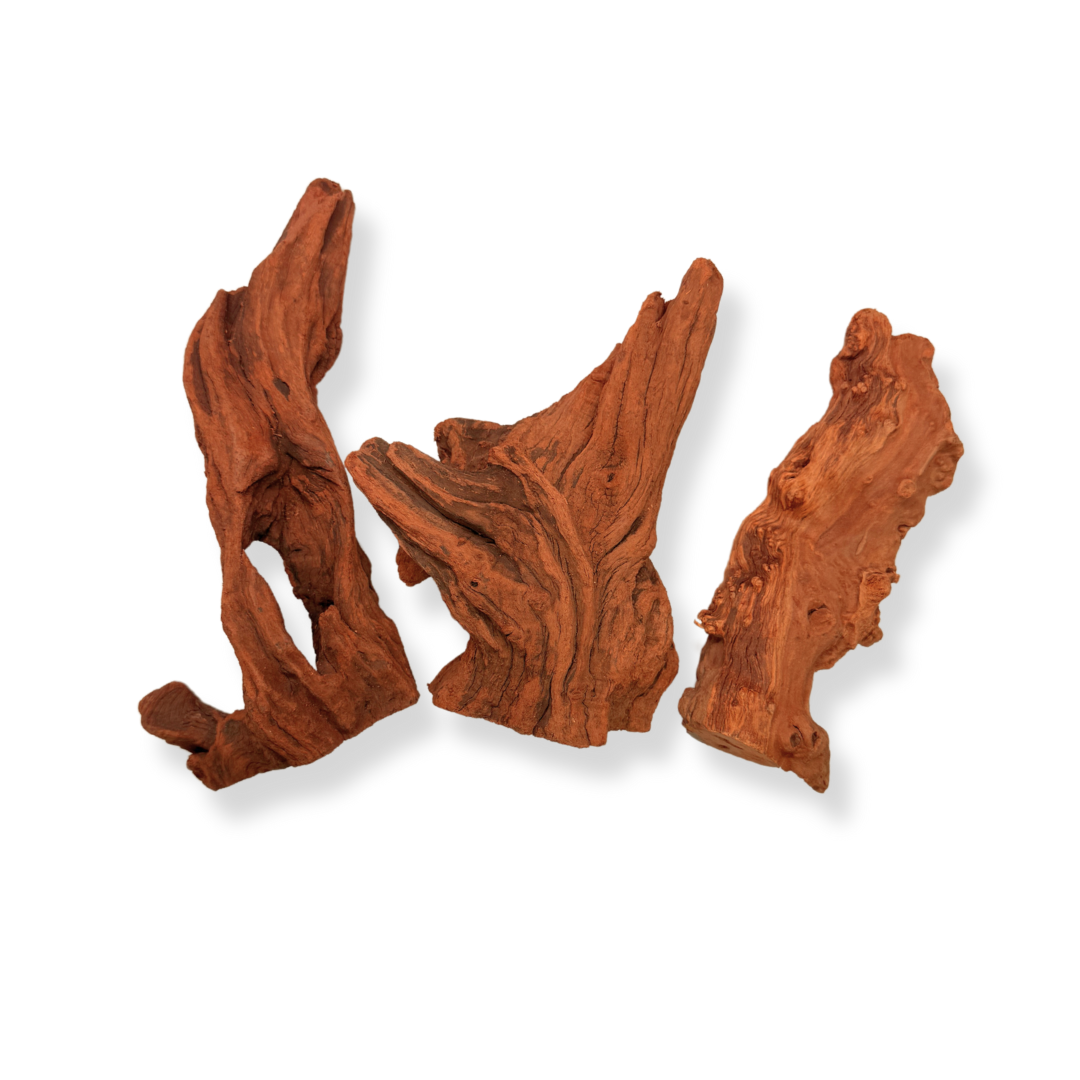
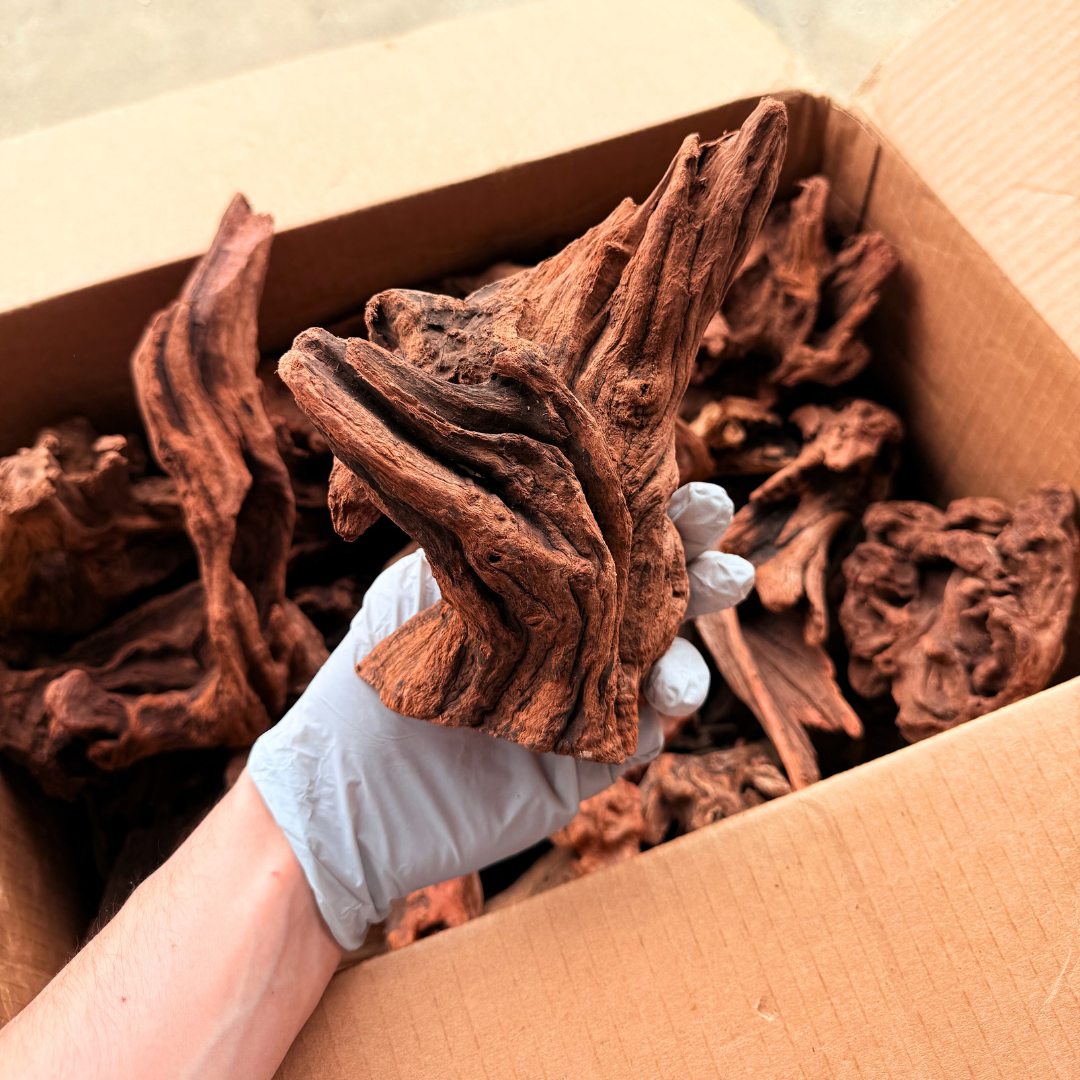
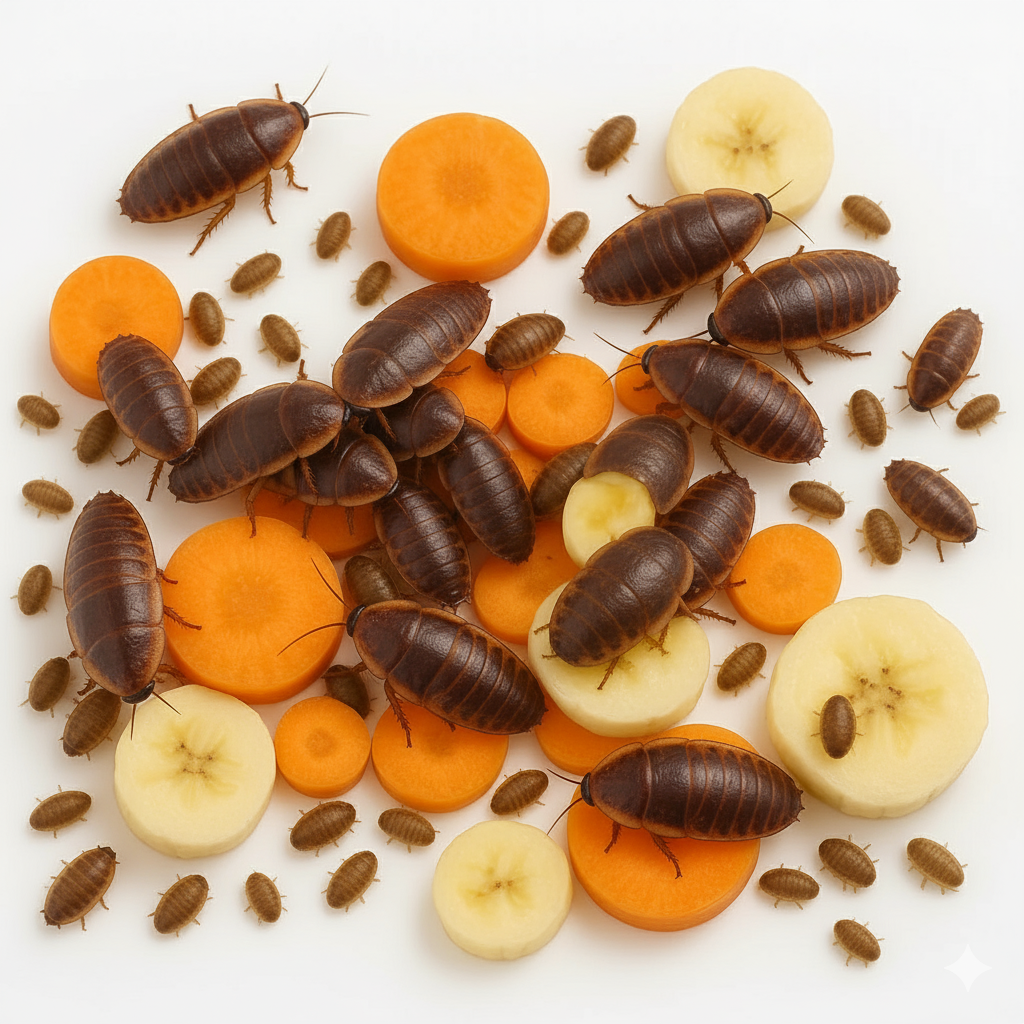





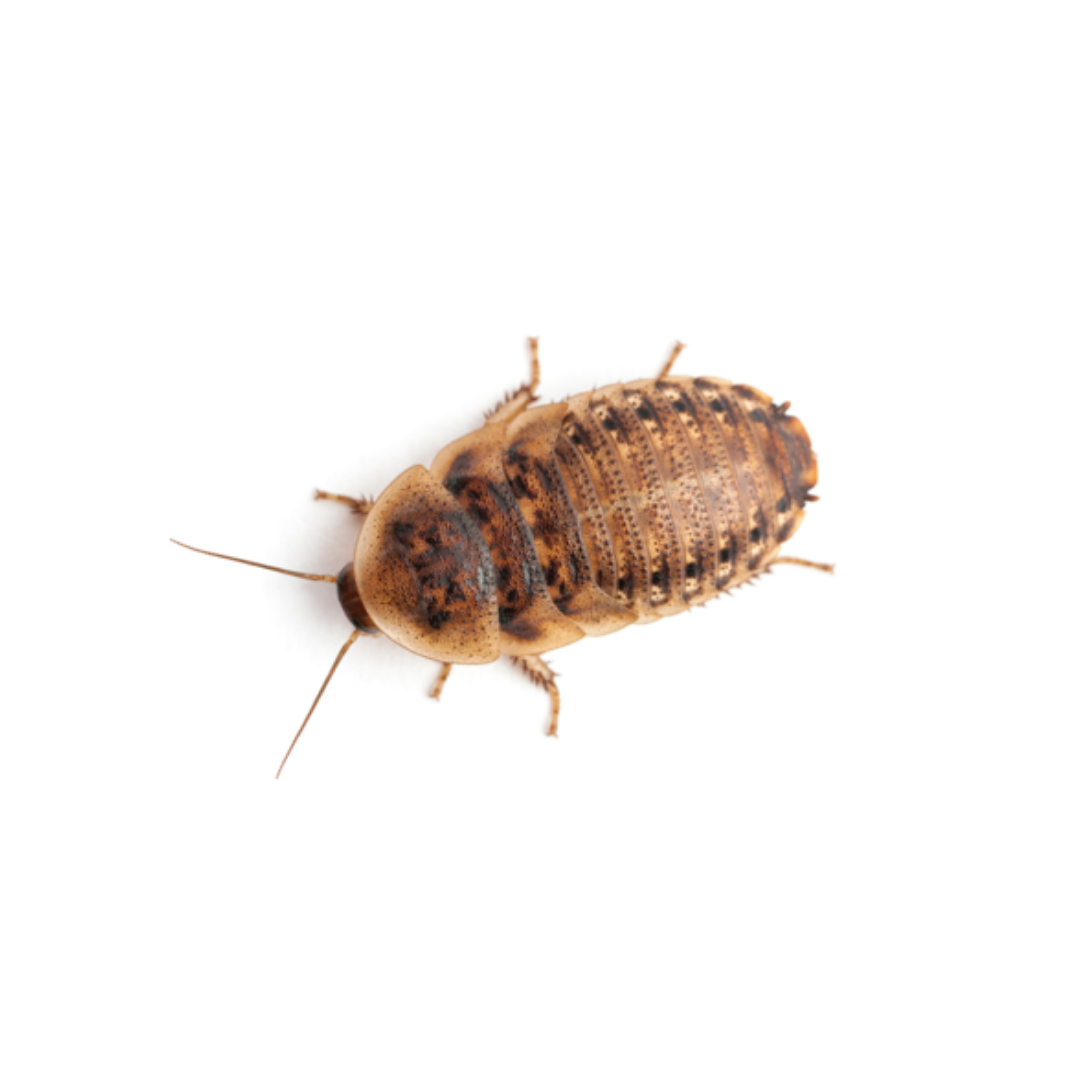



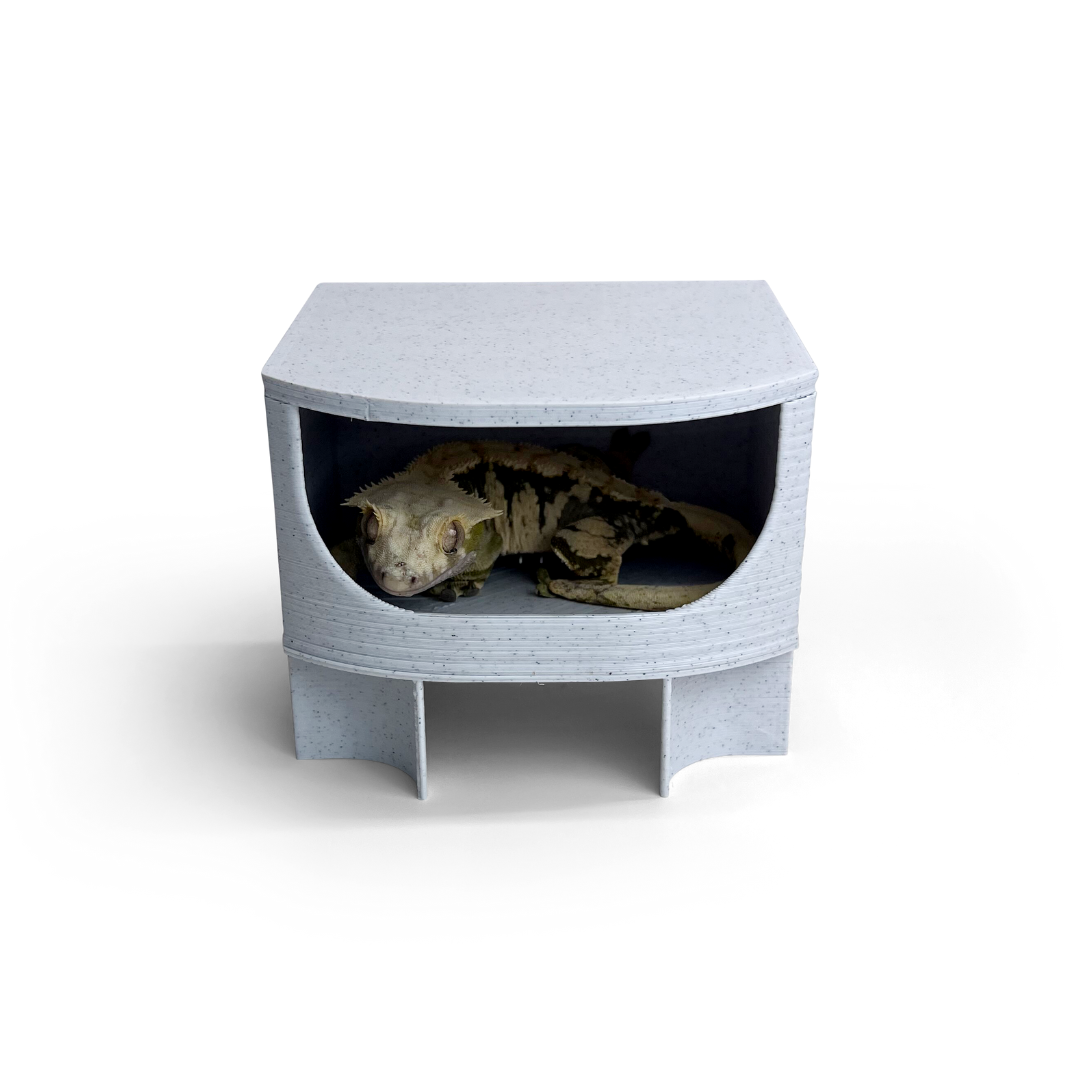
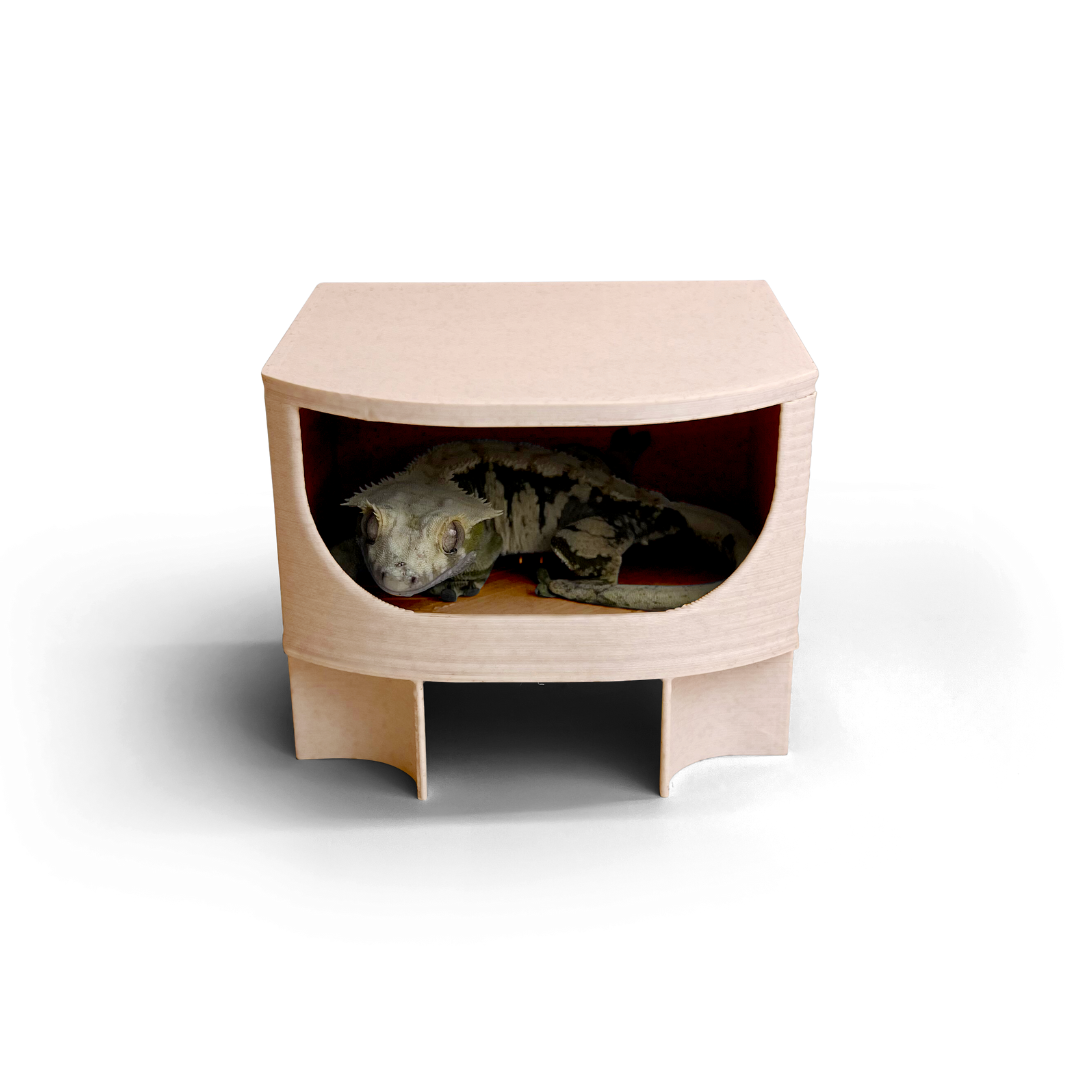
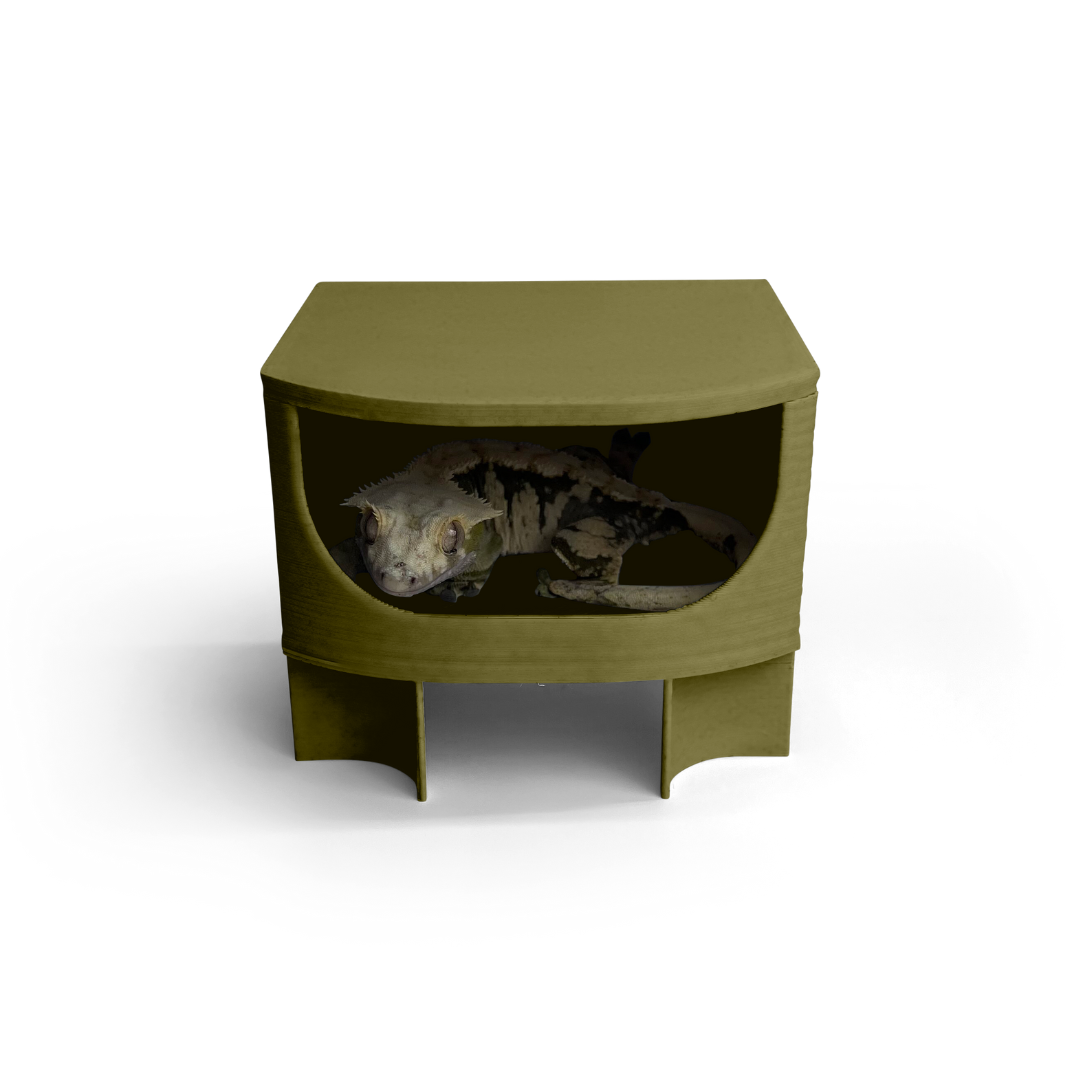
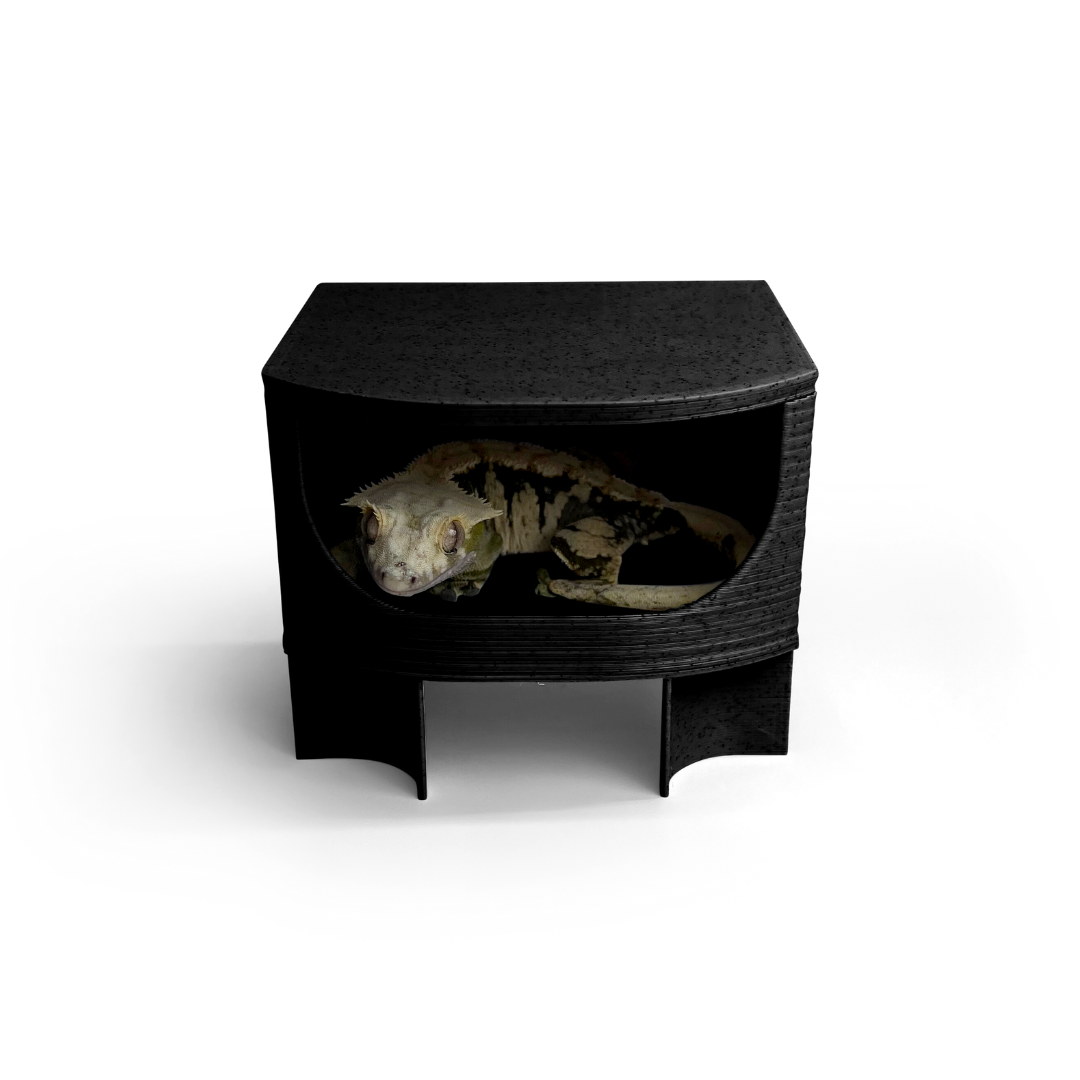
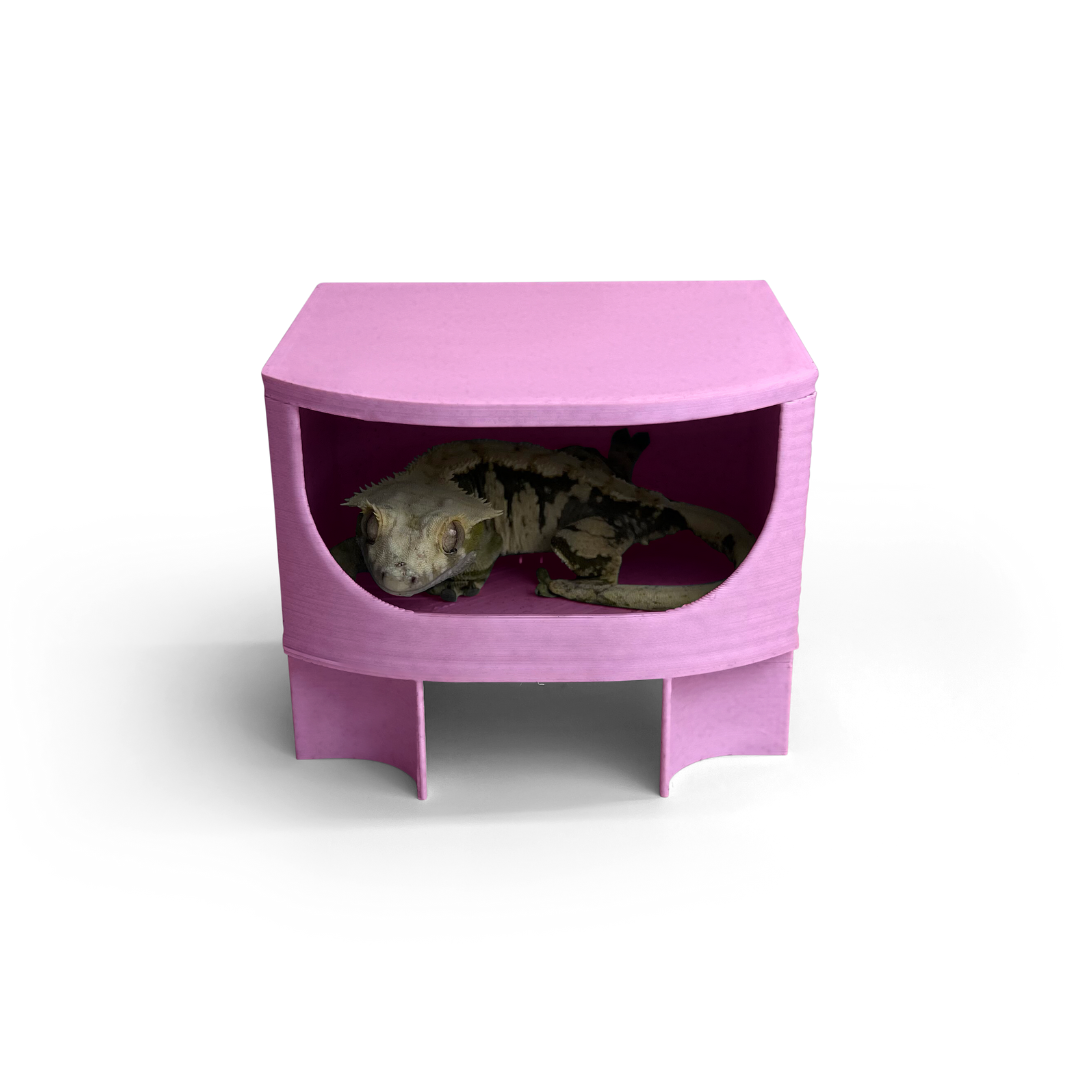


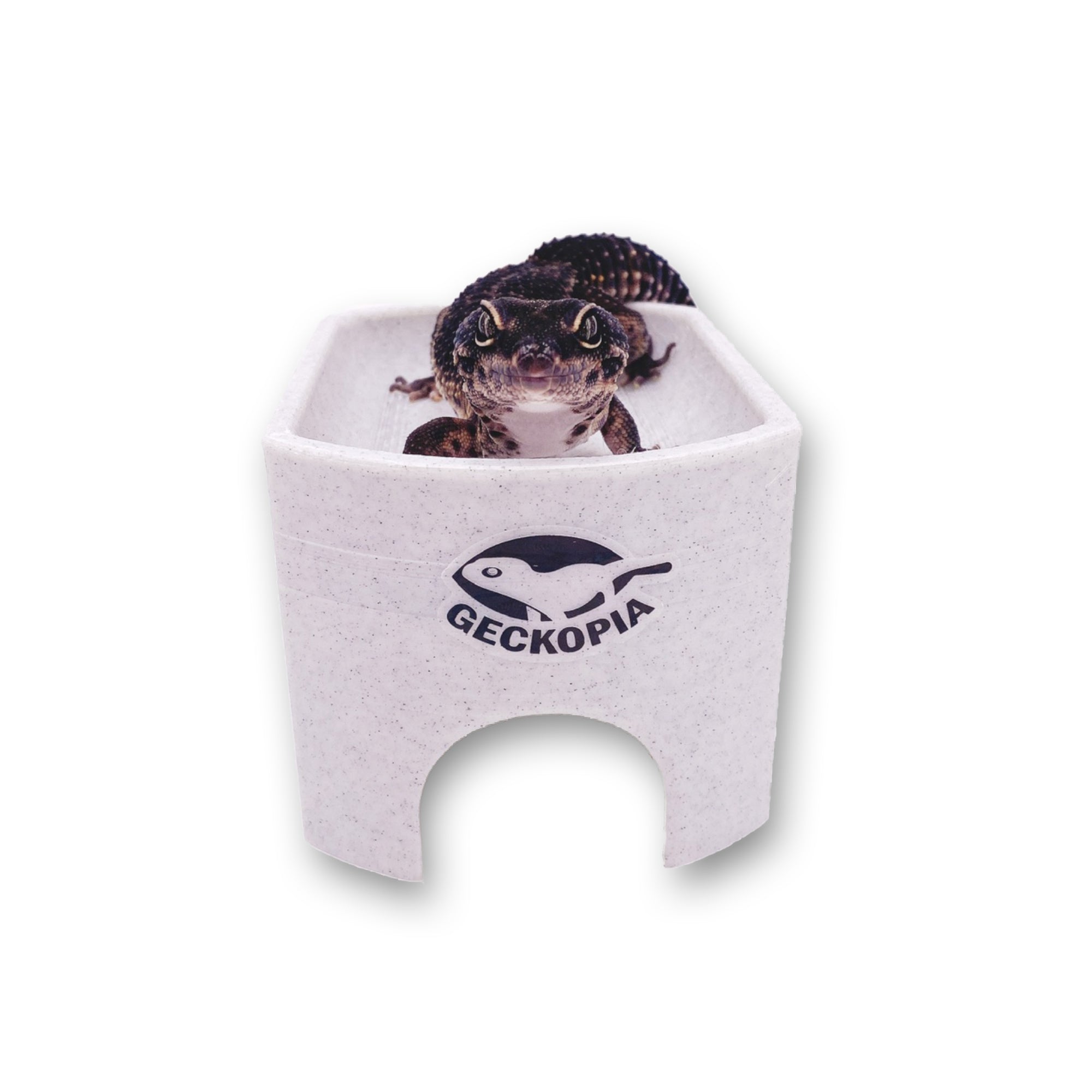
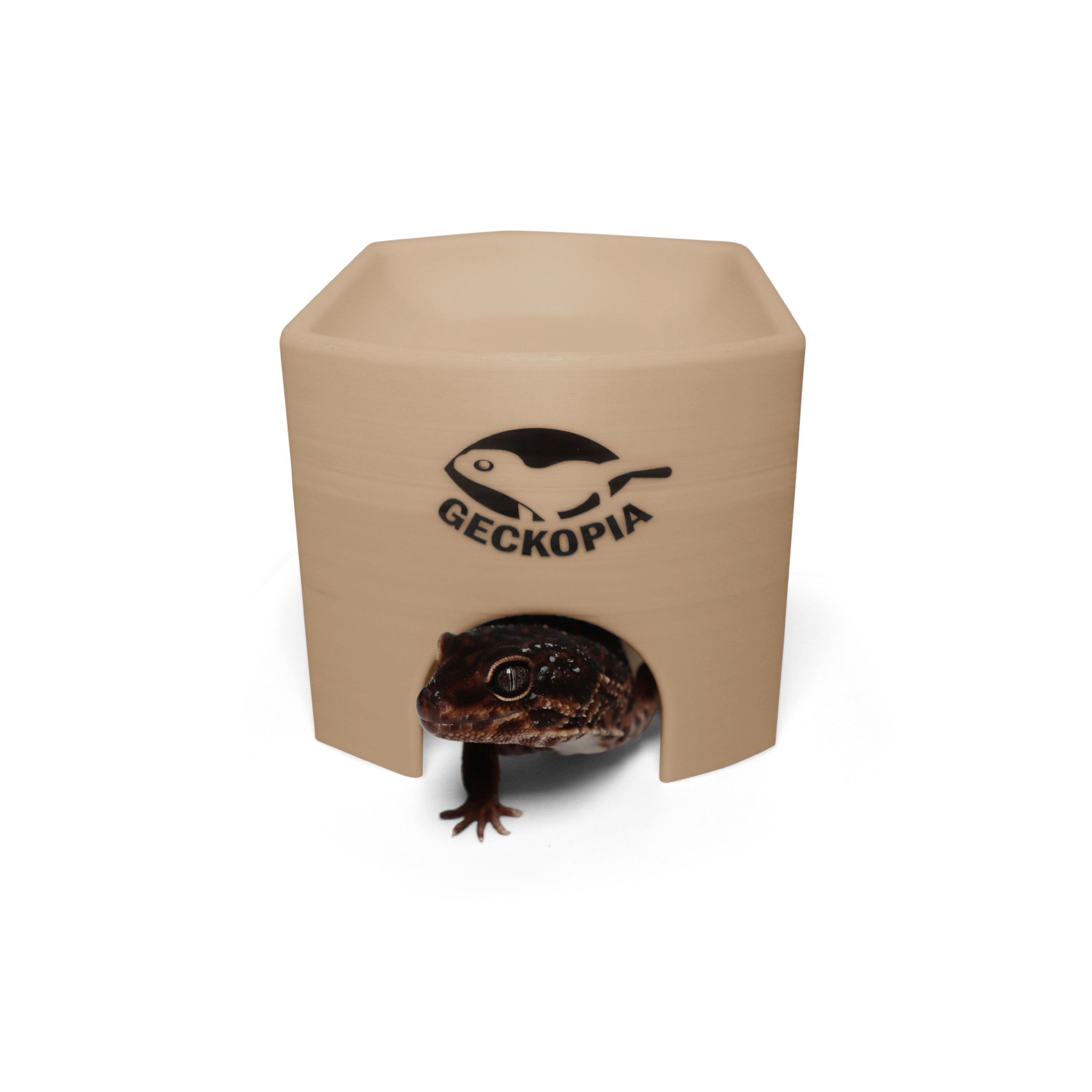
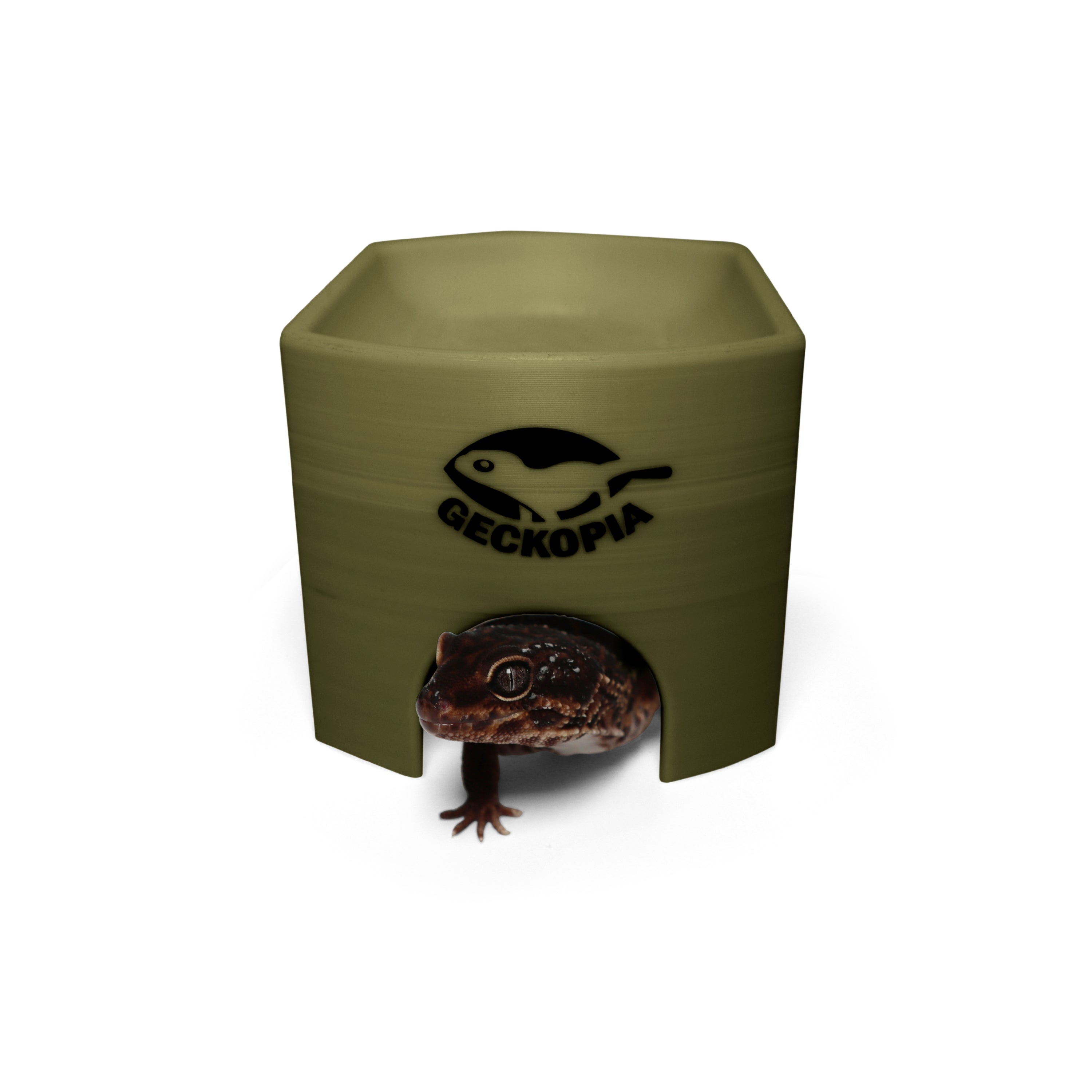


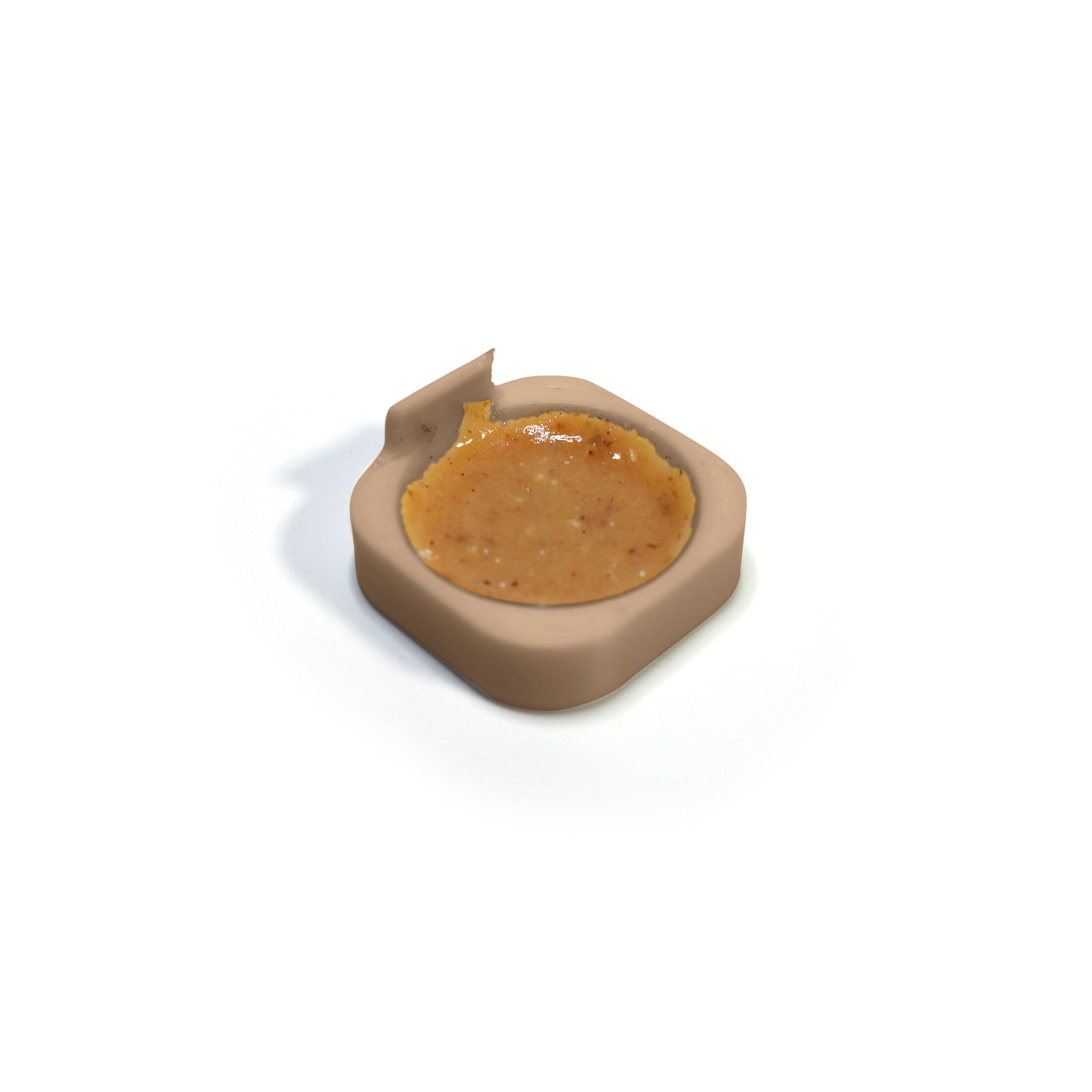
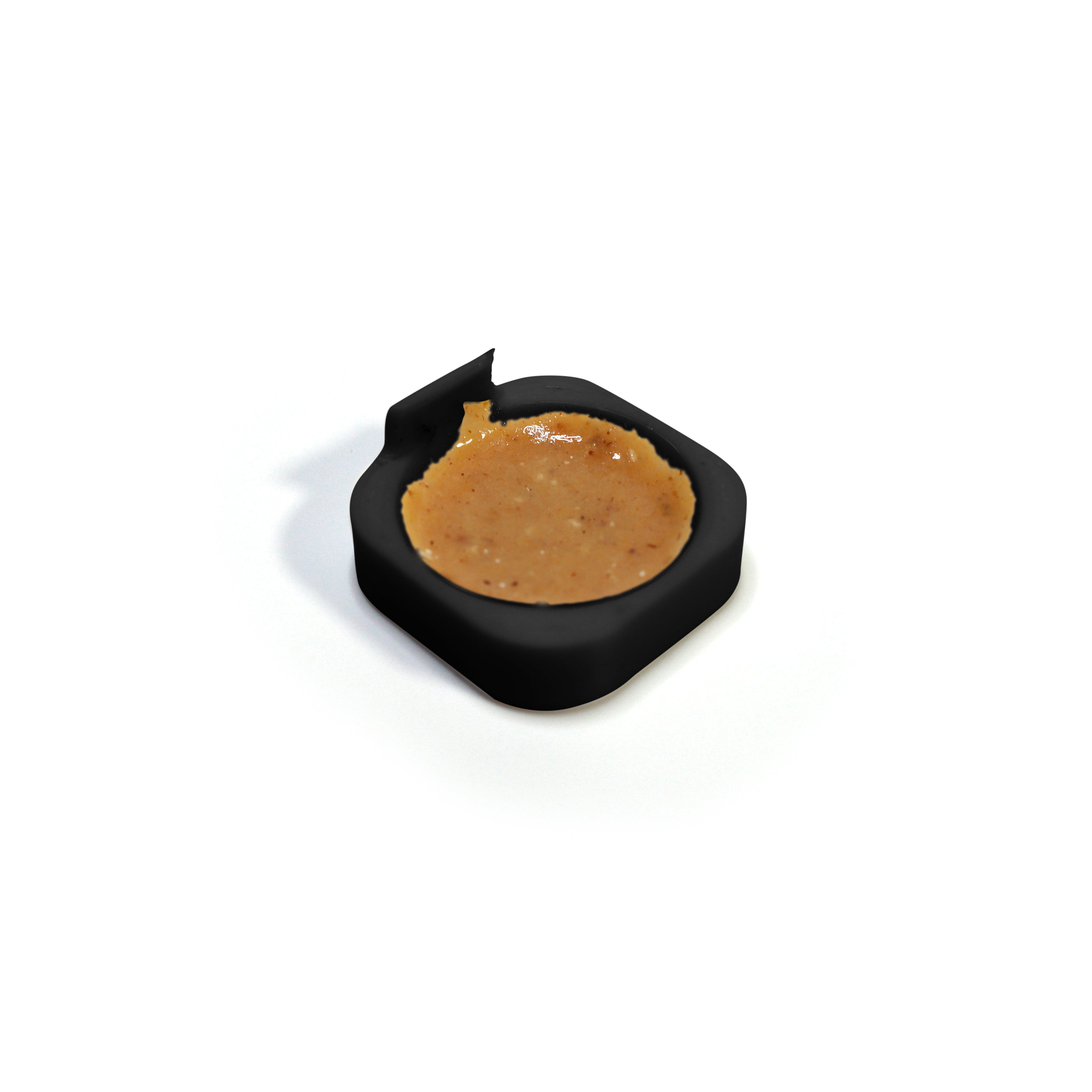
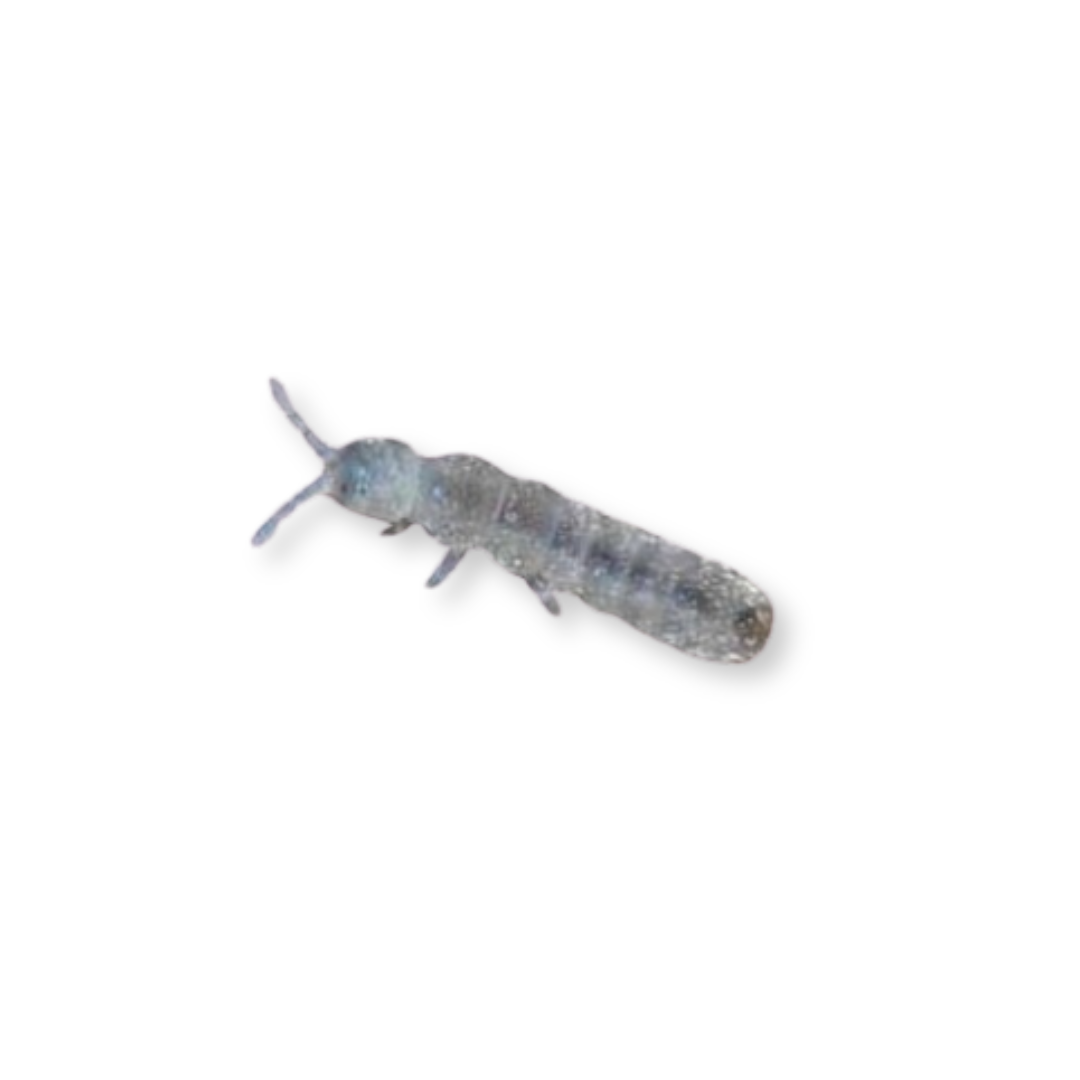
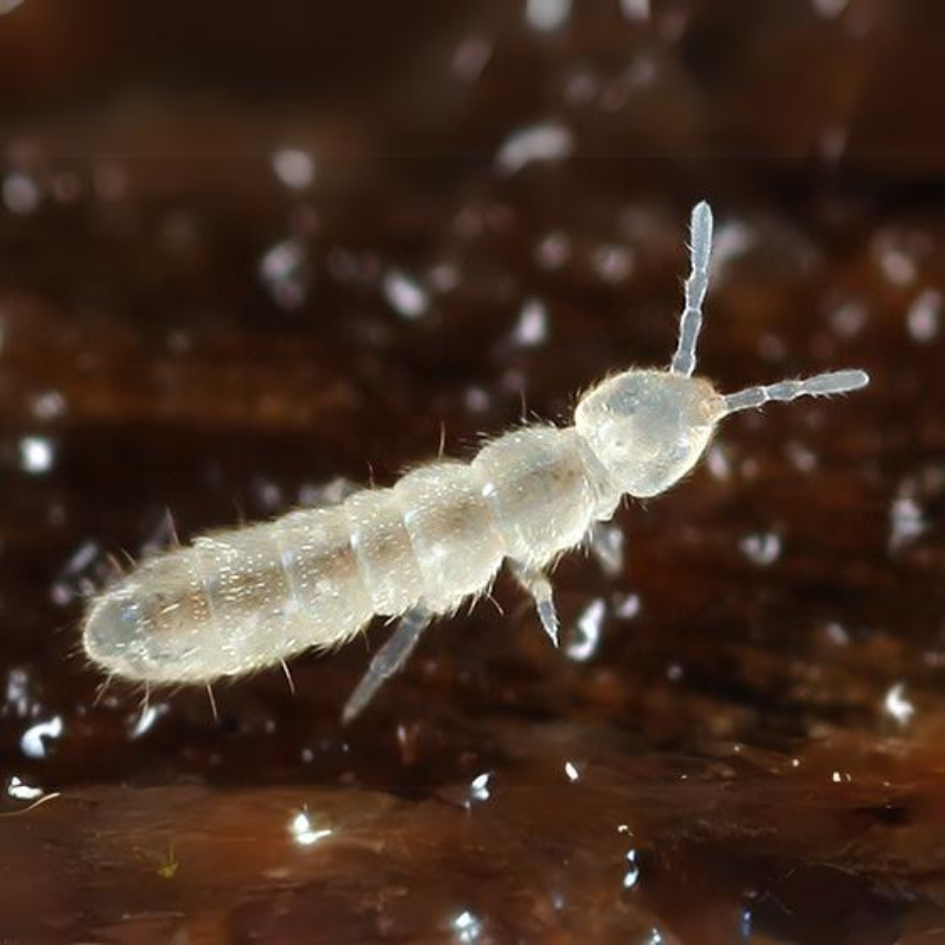
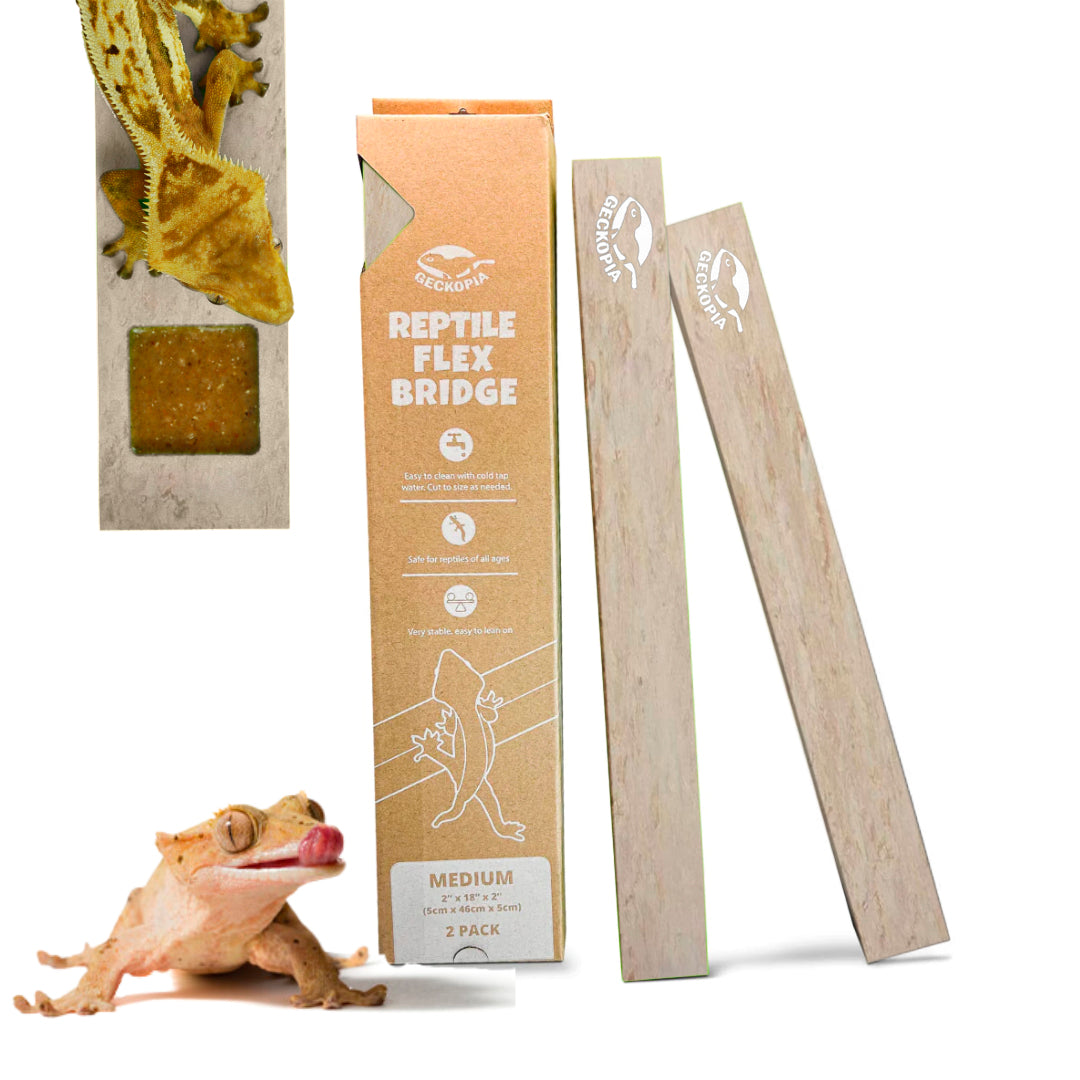


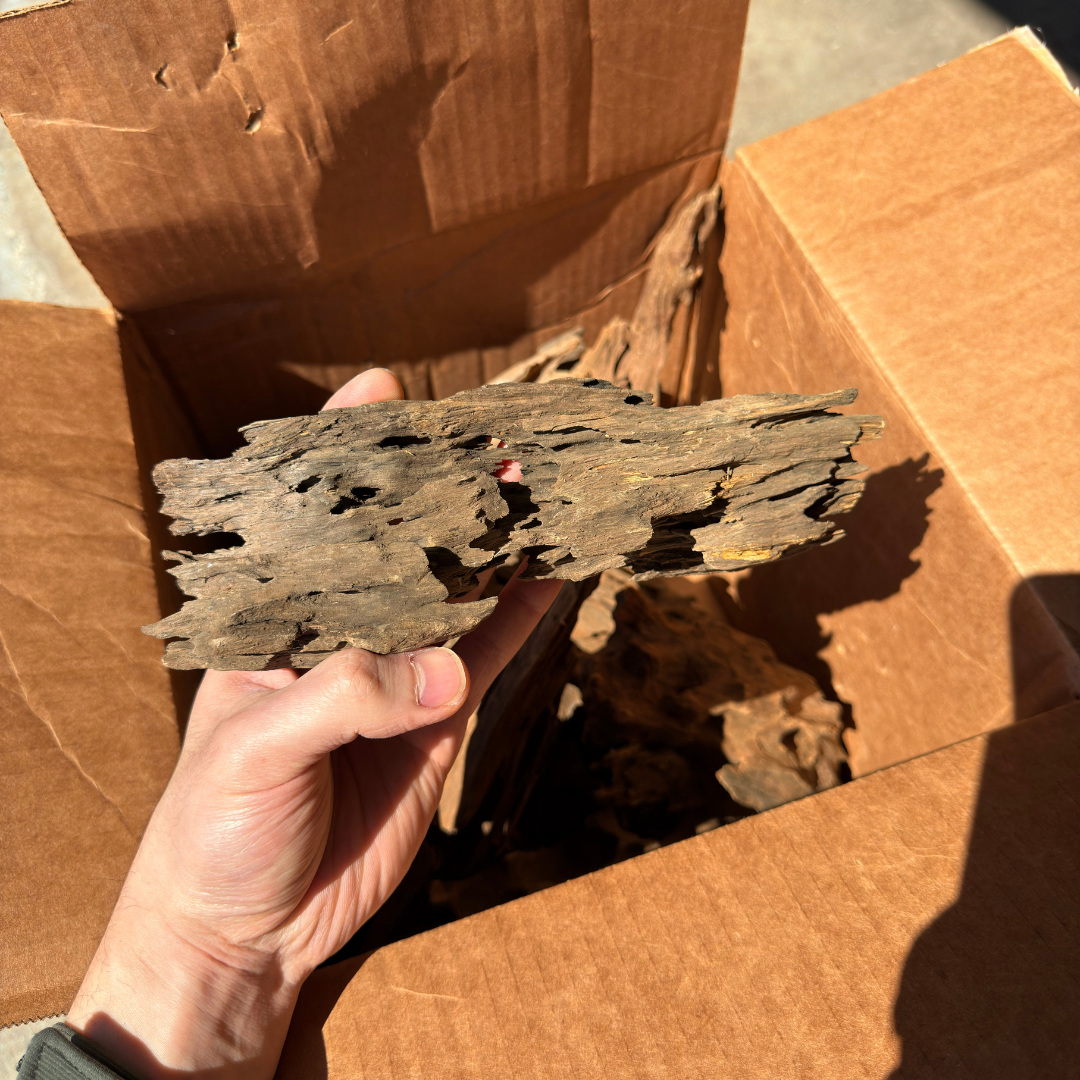
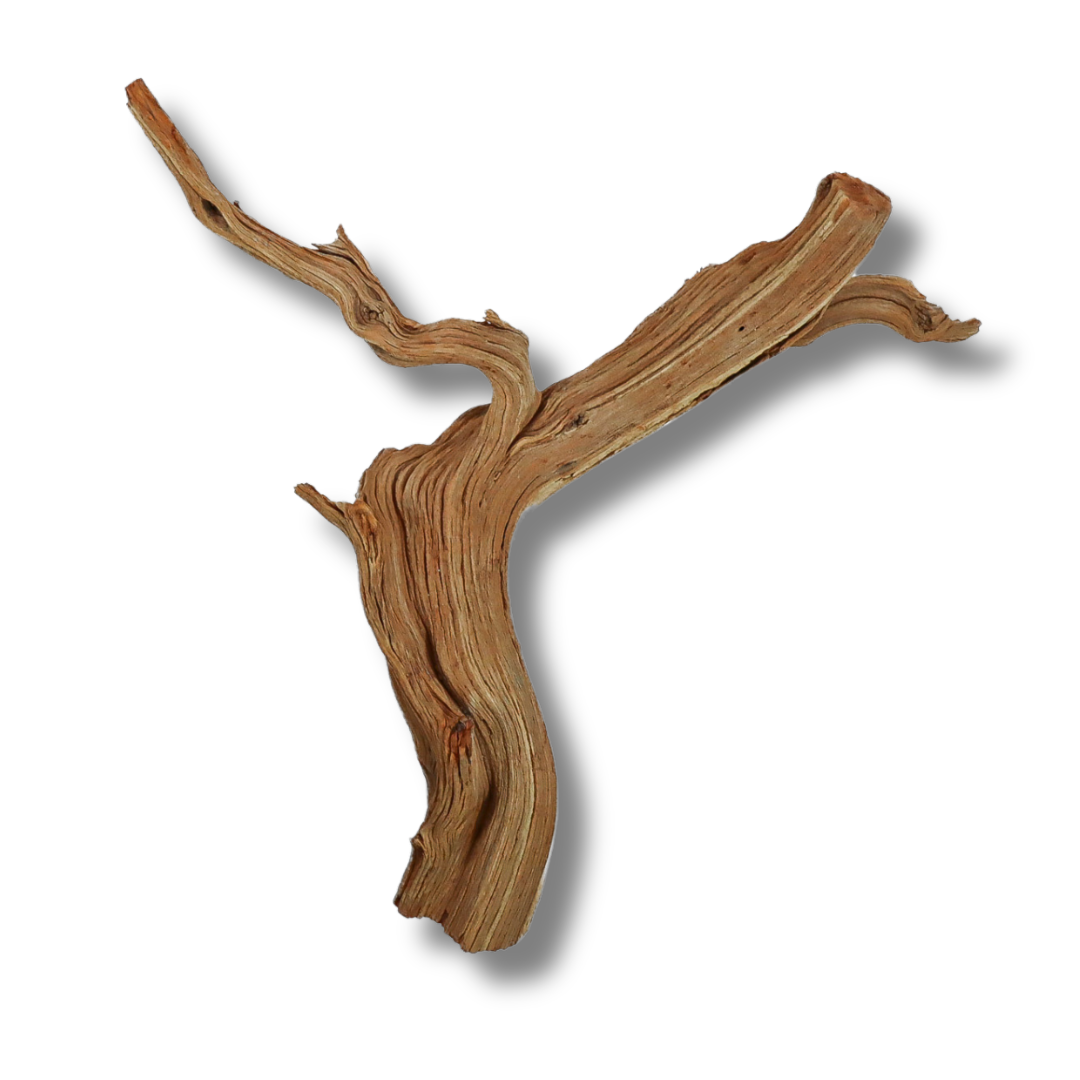
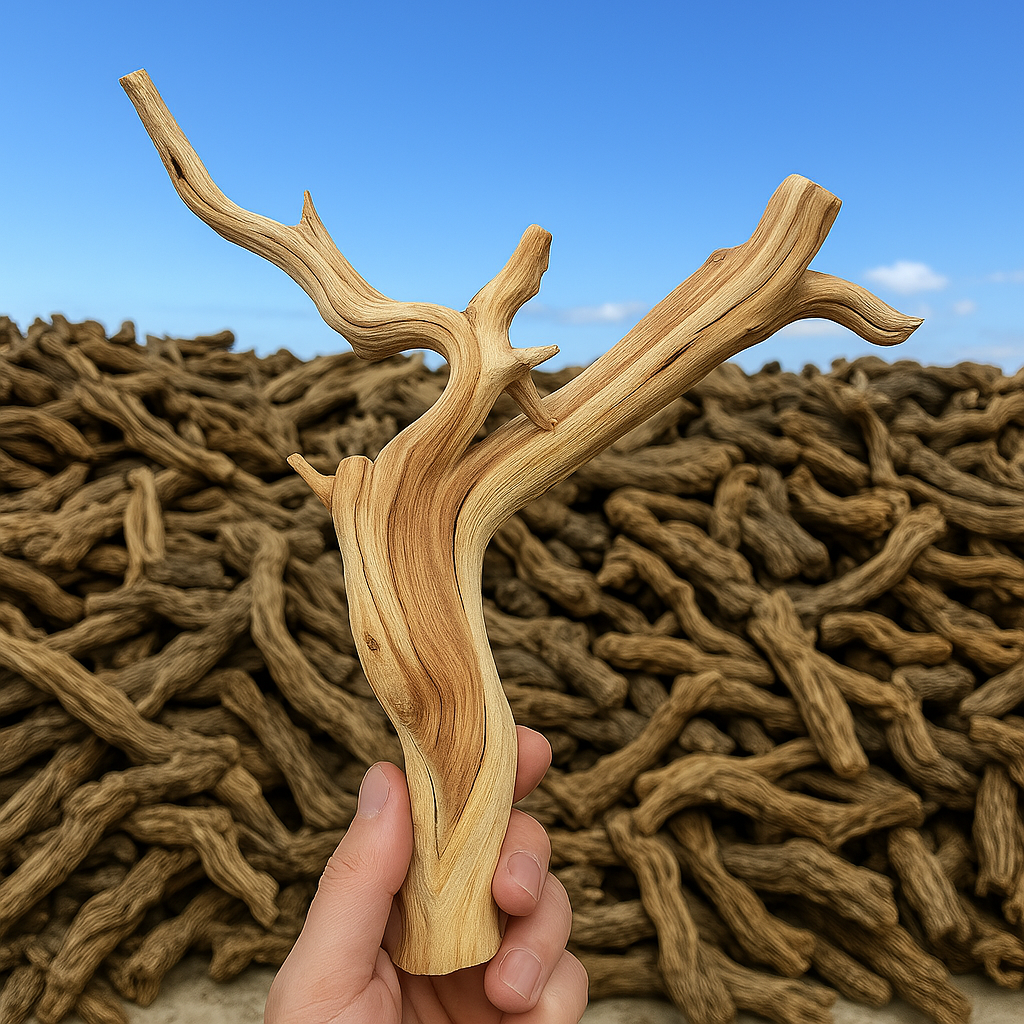
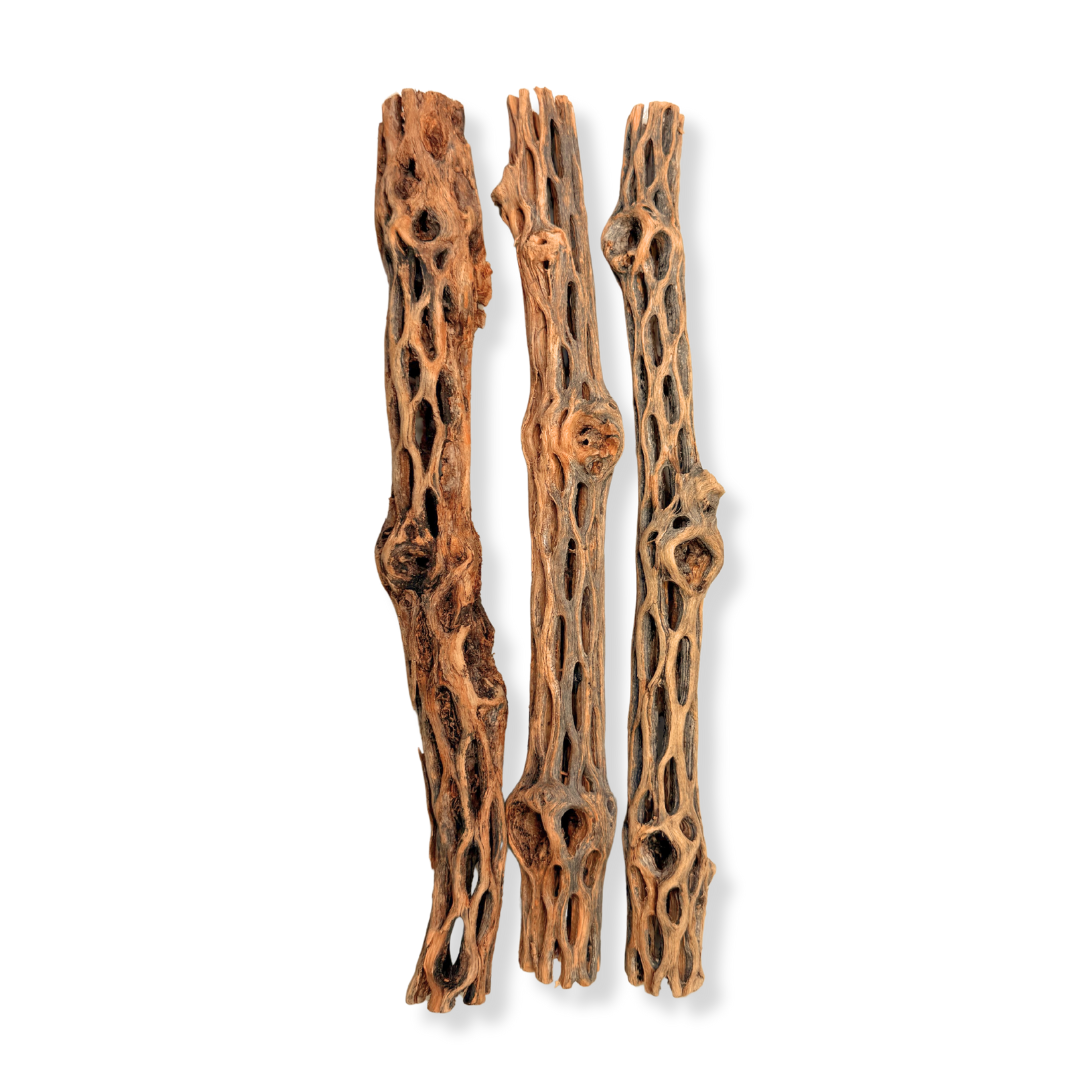

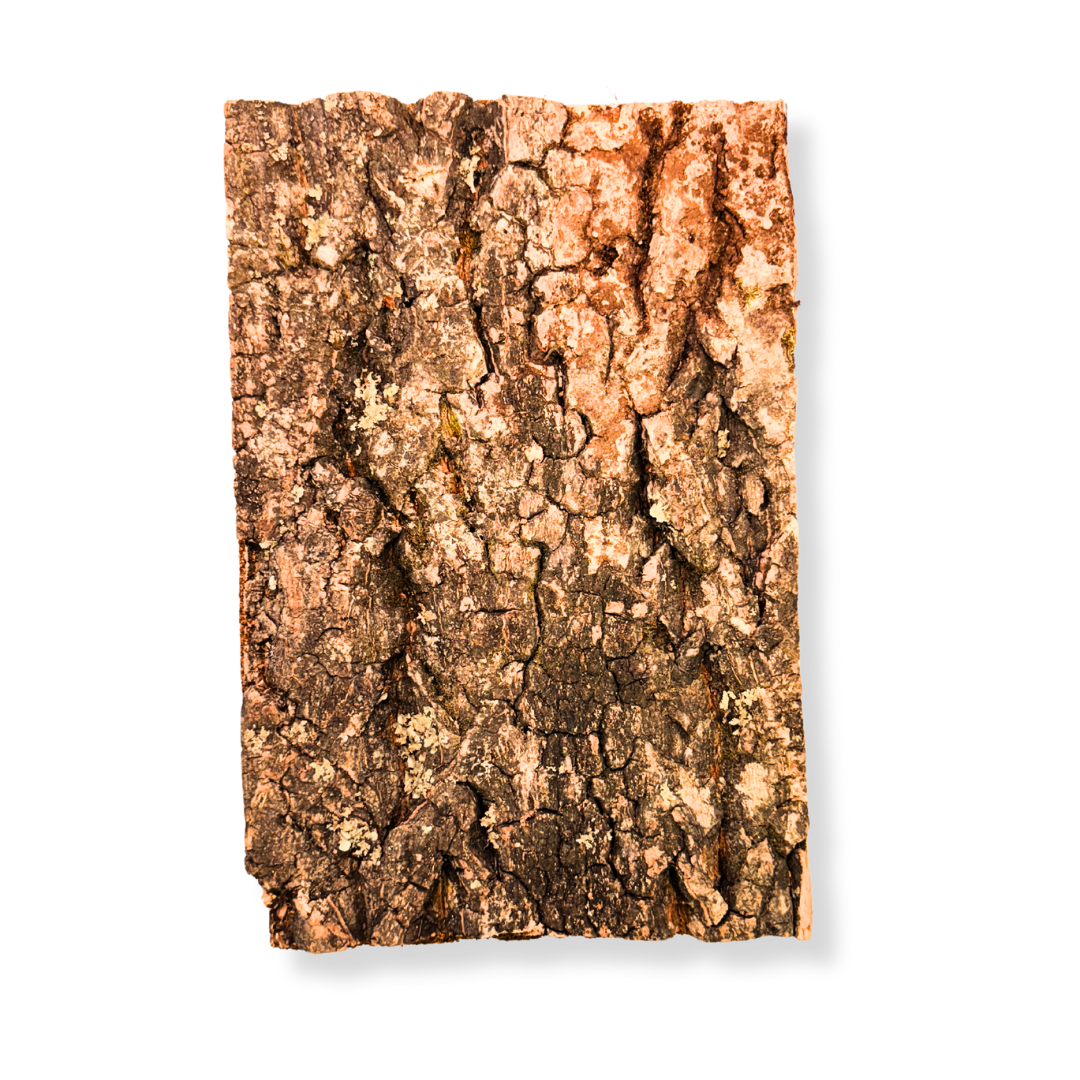
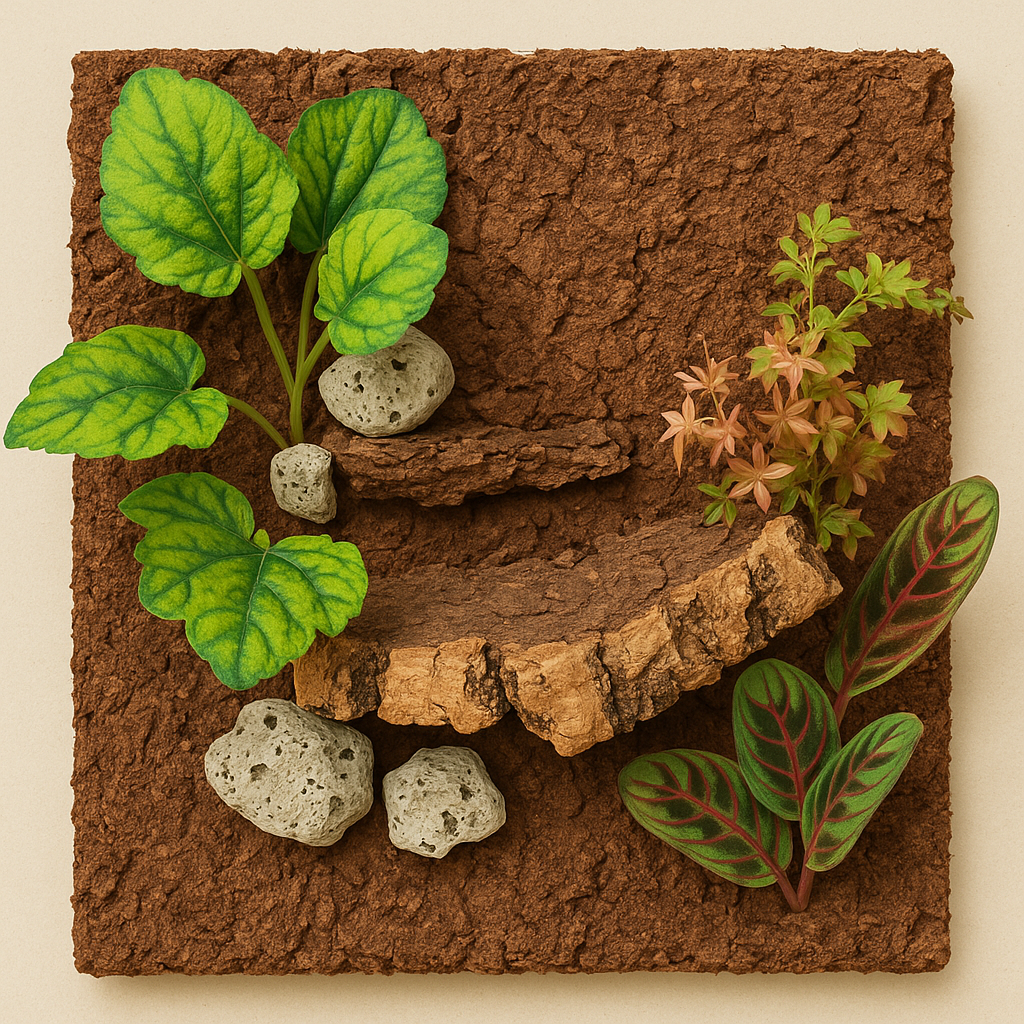



Leave a comment